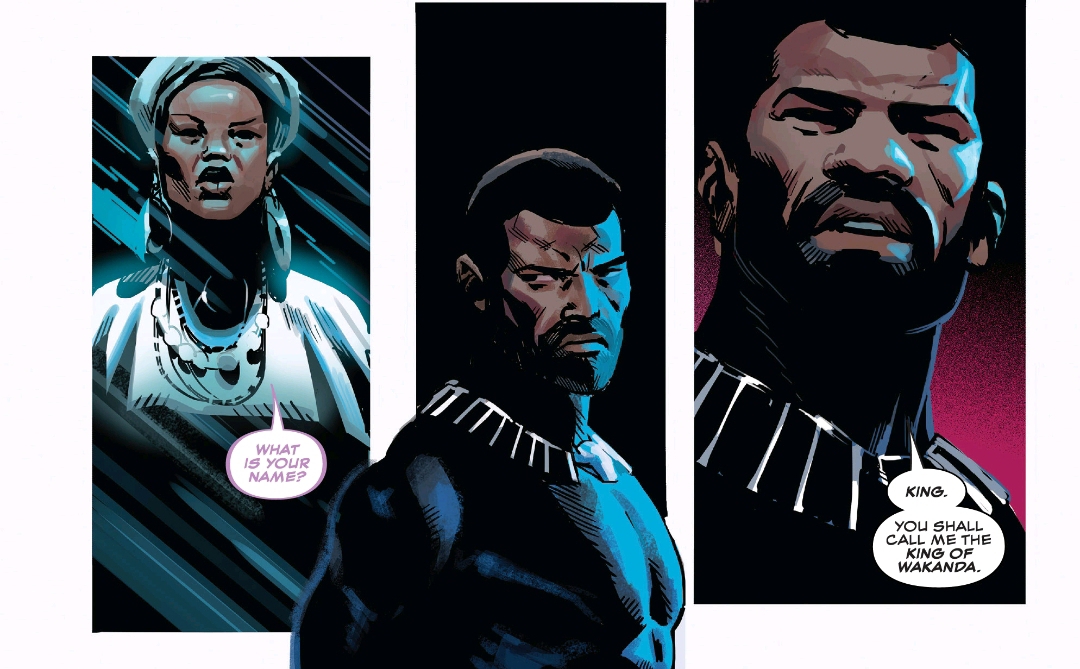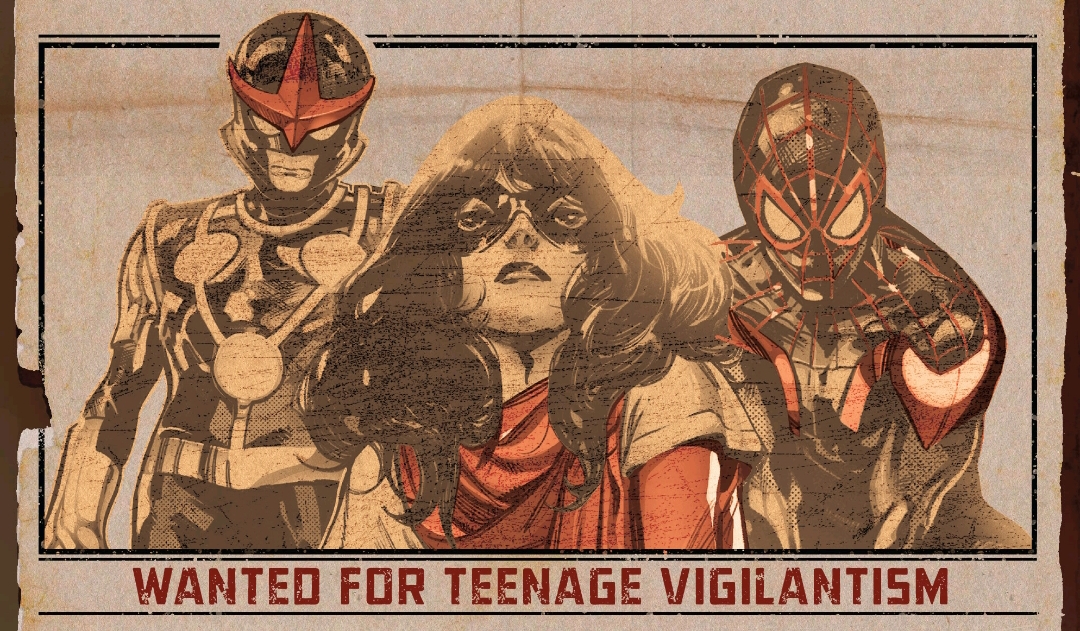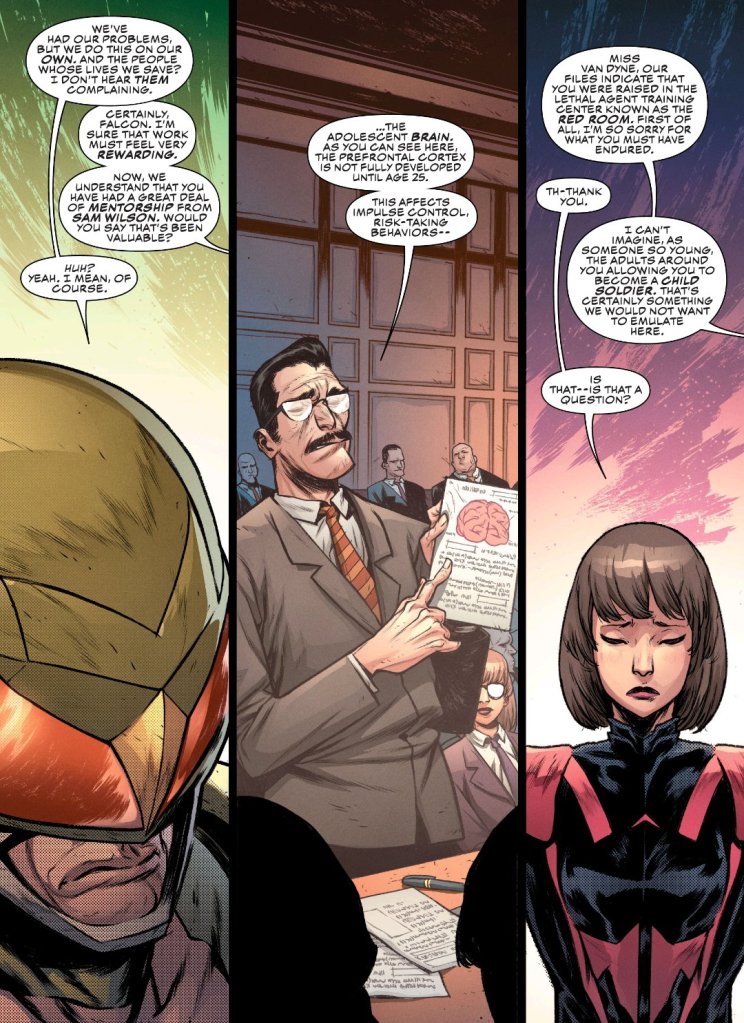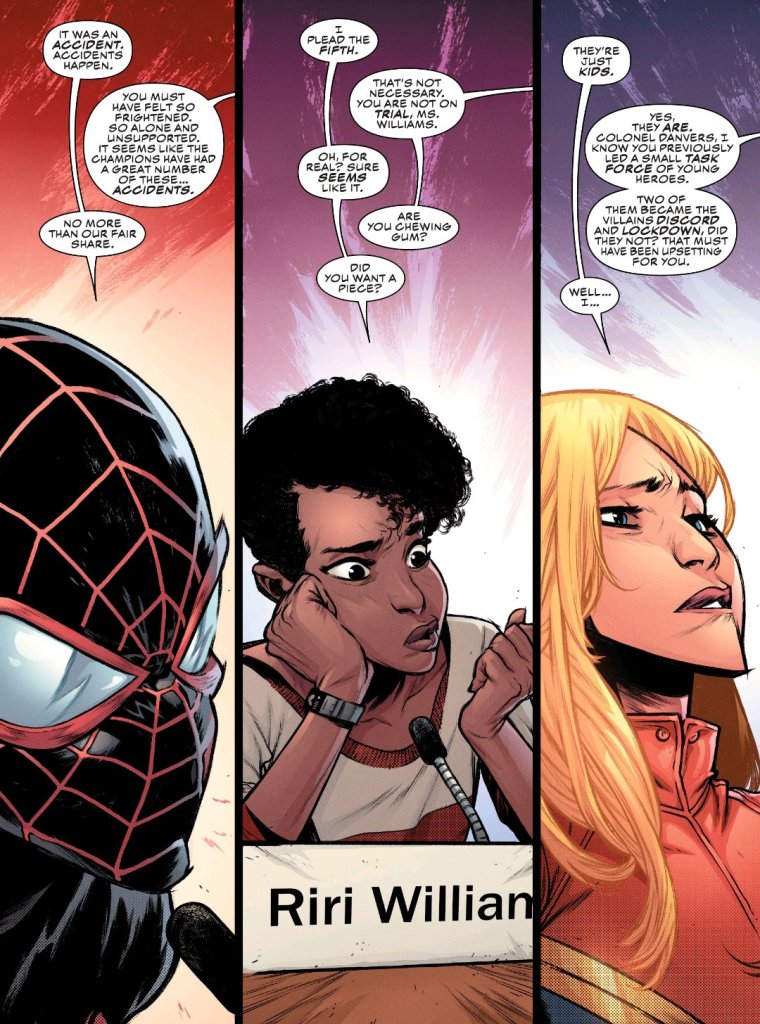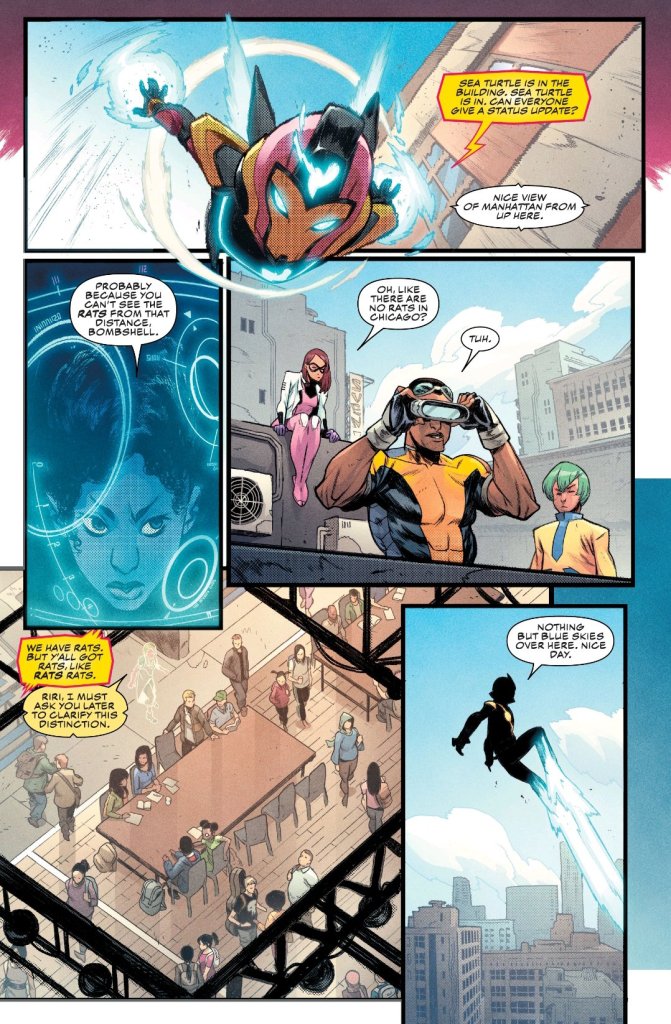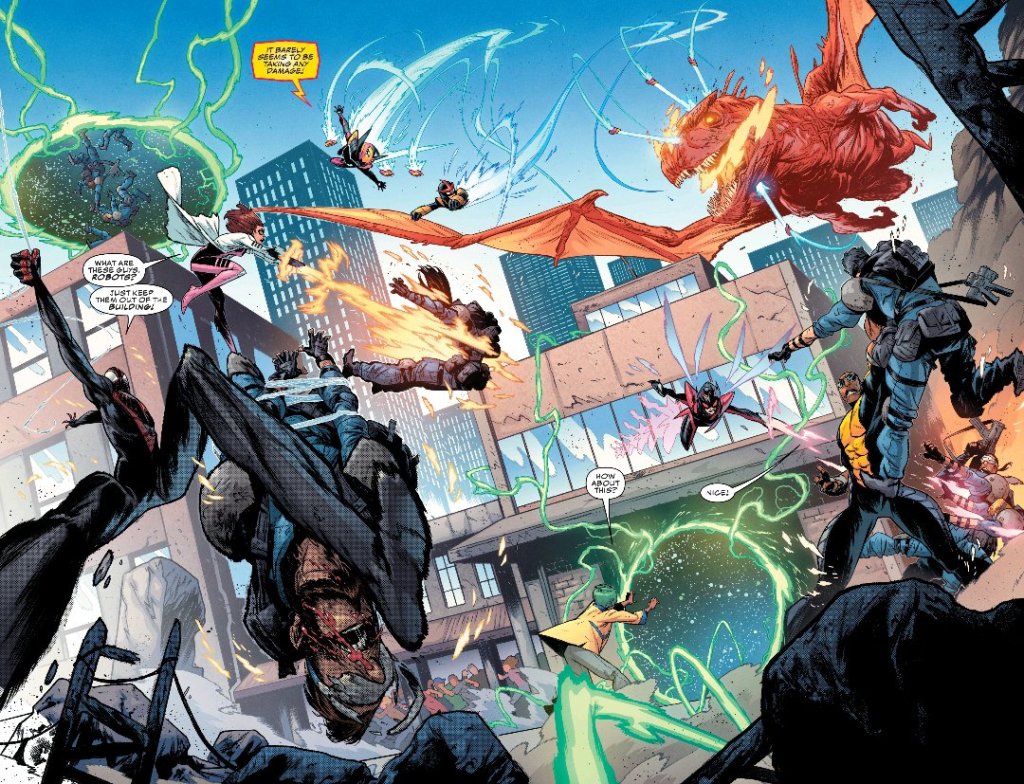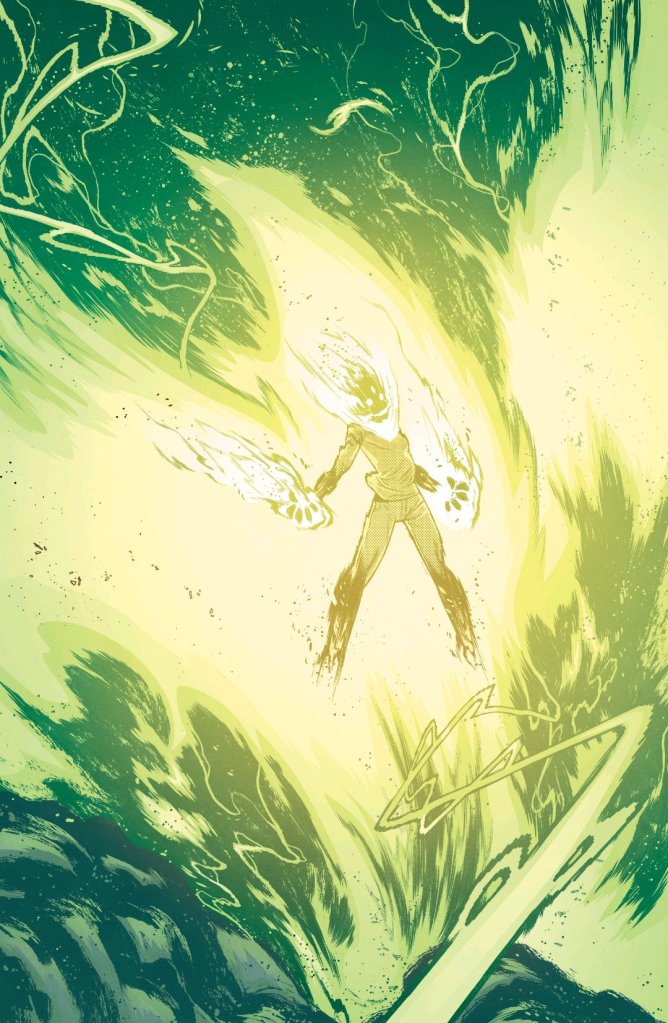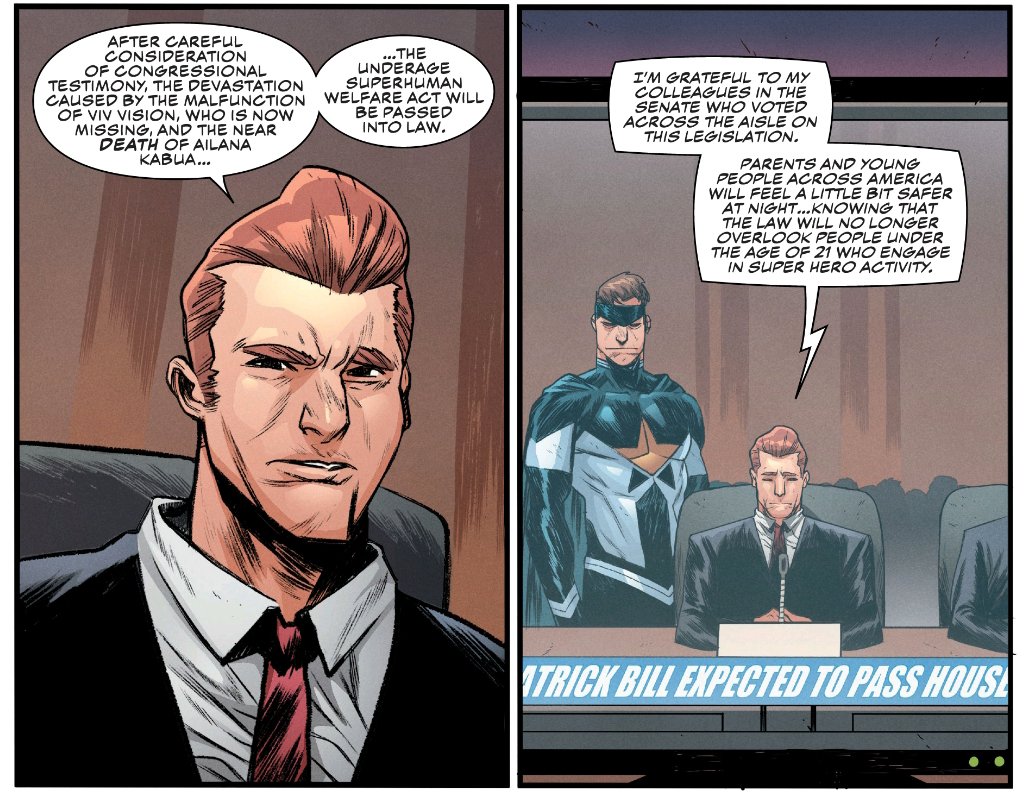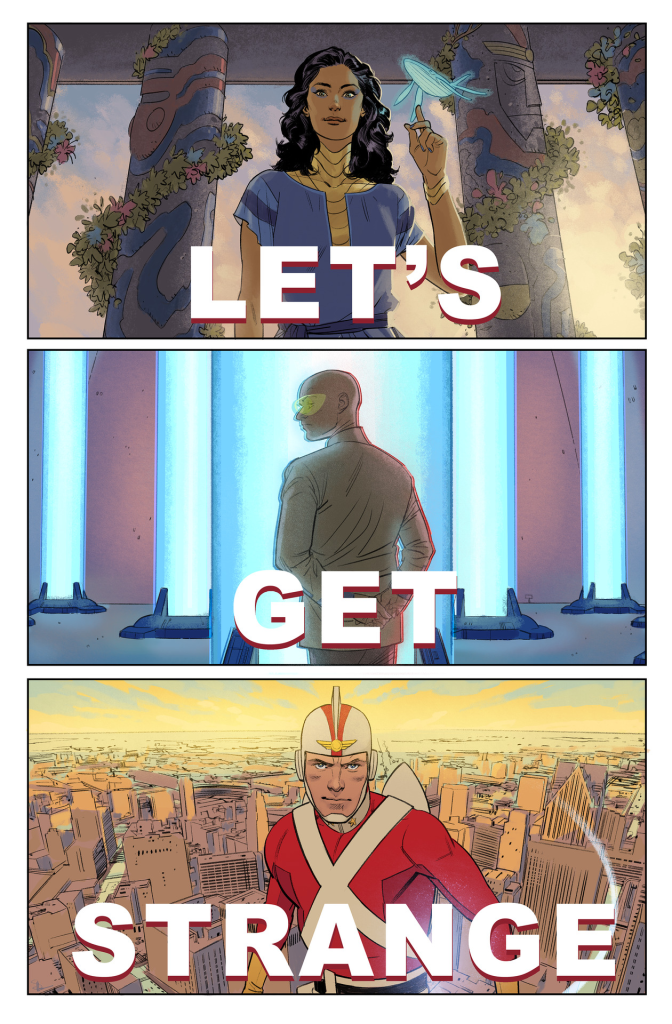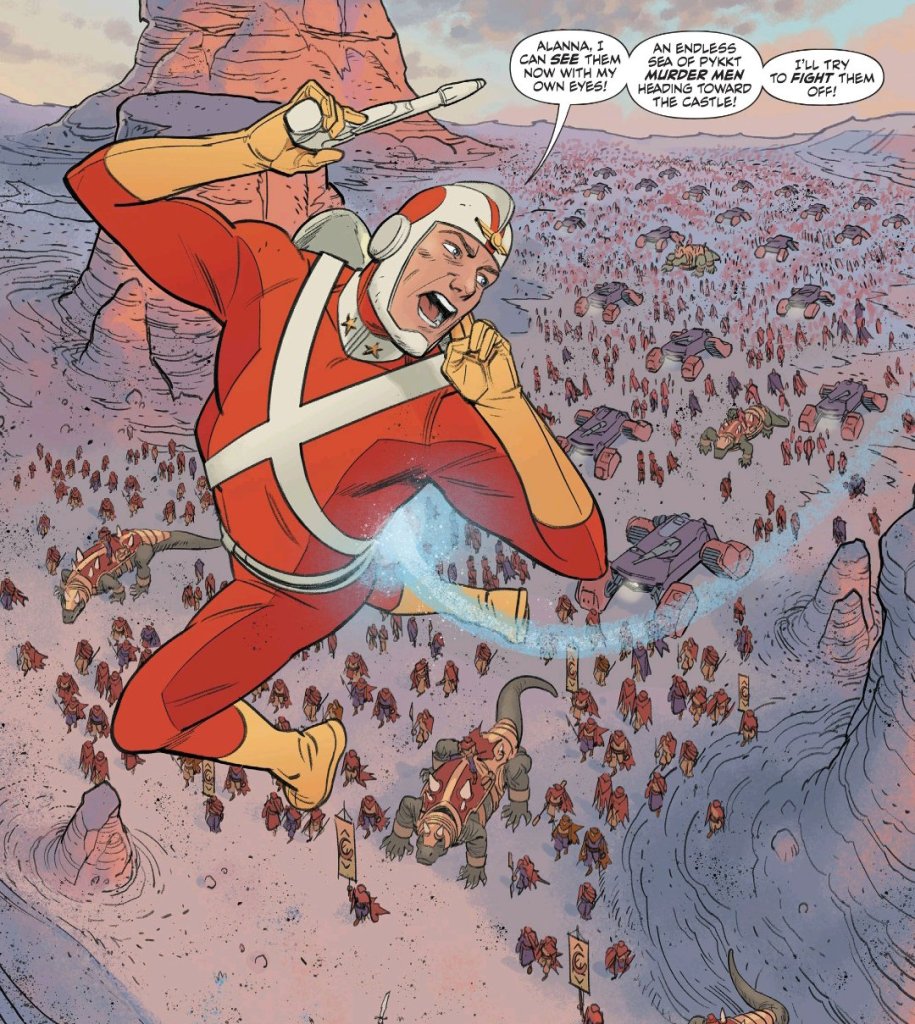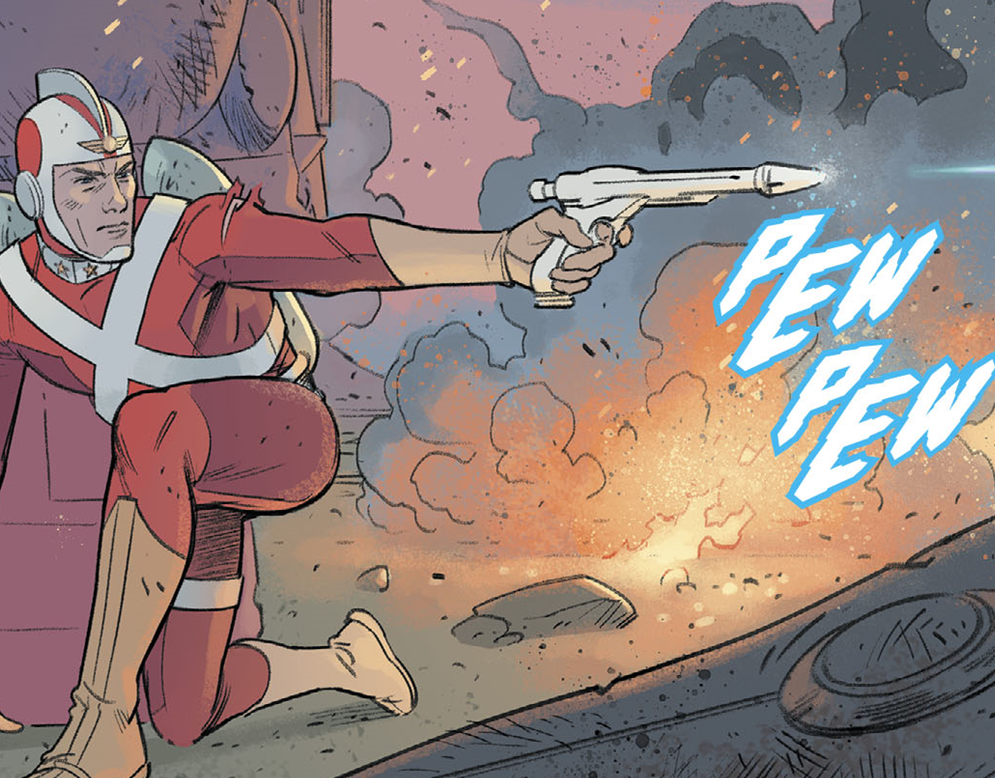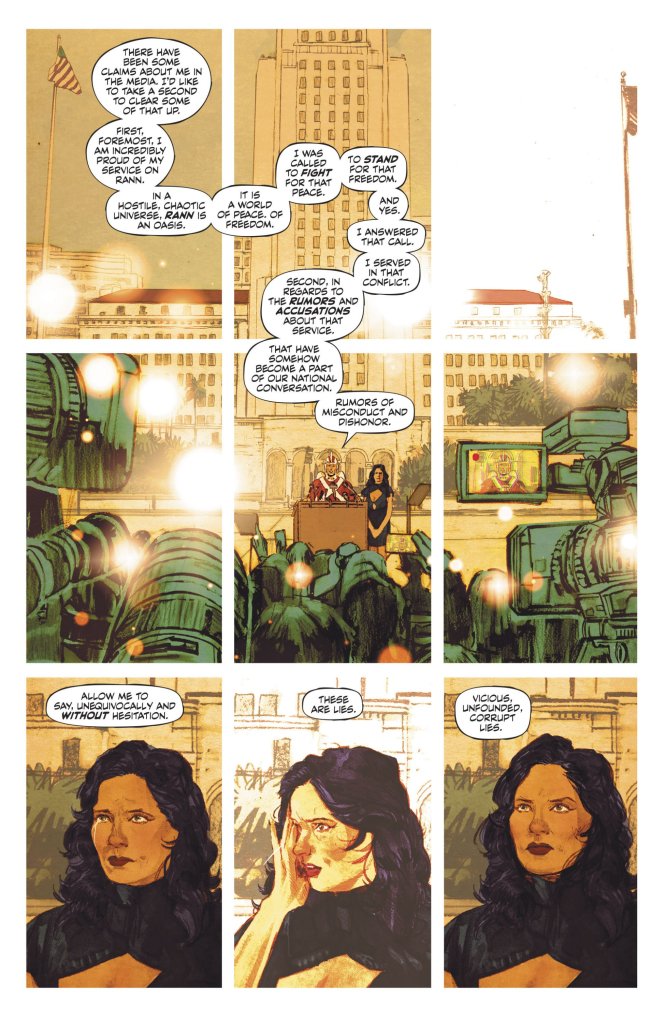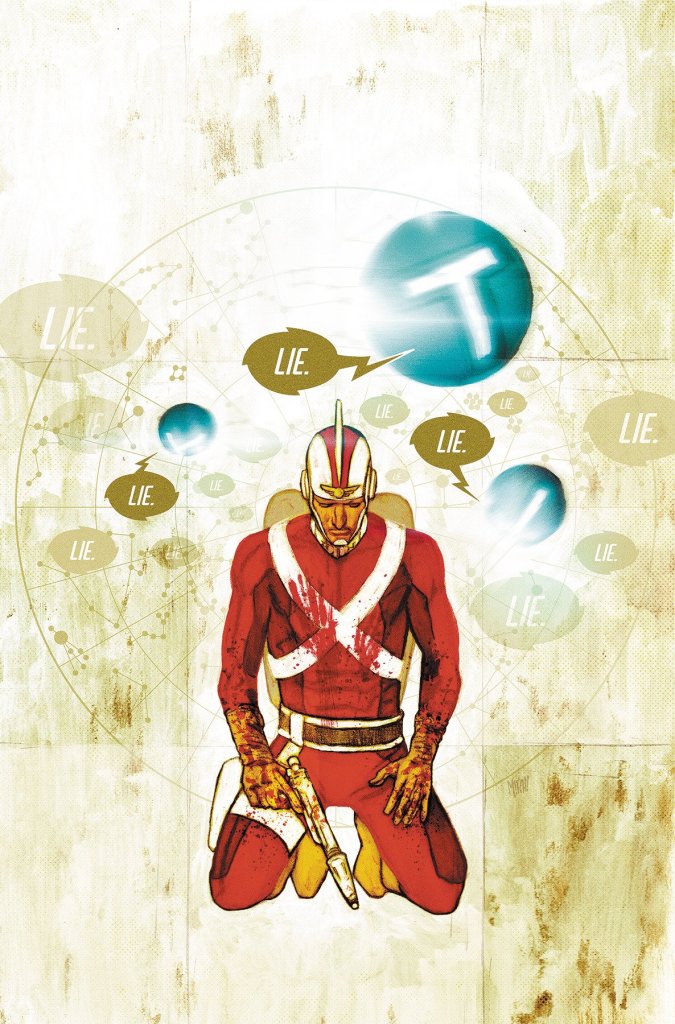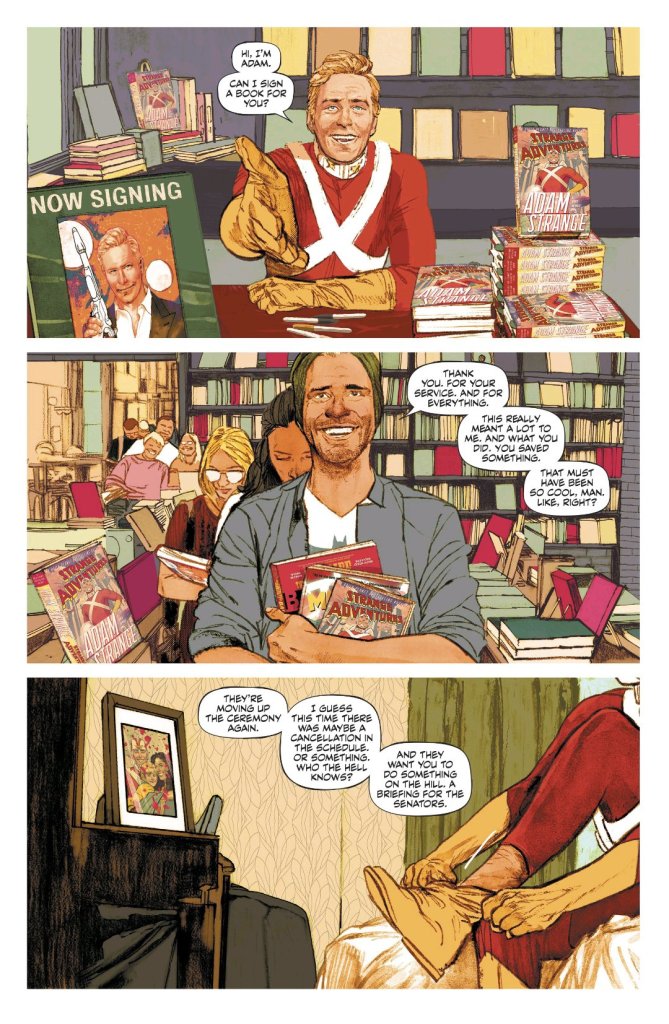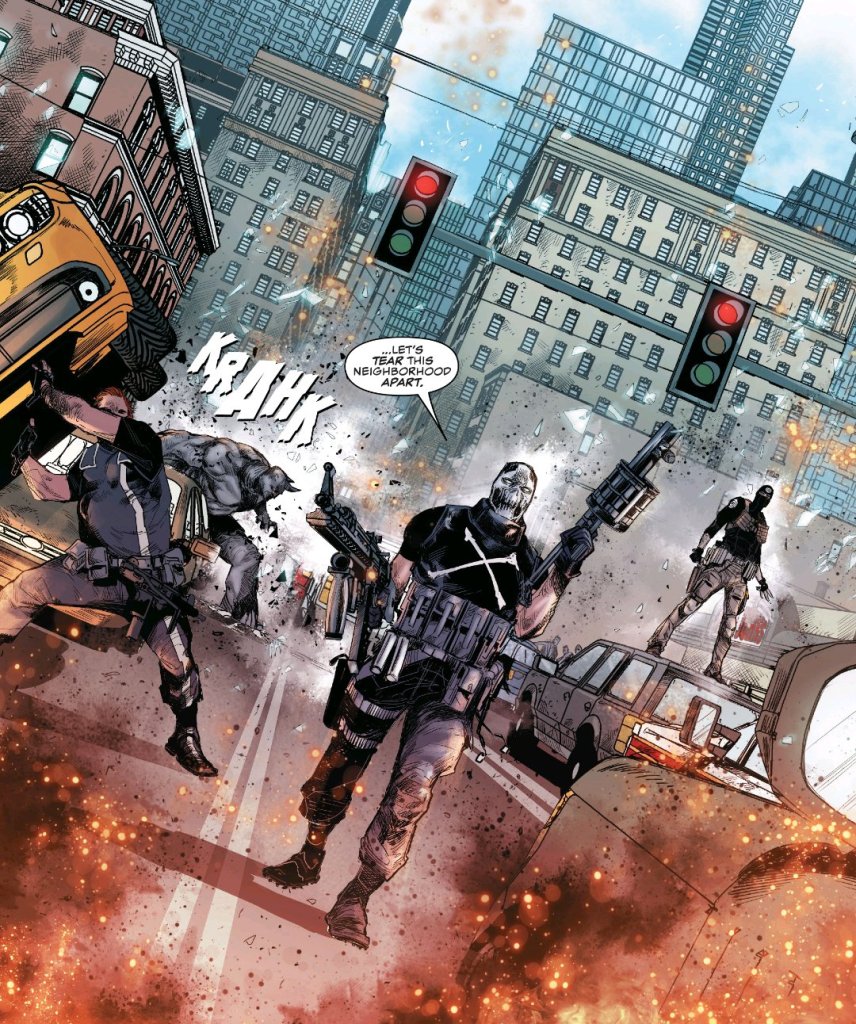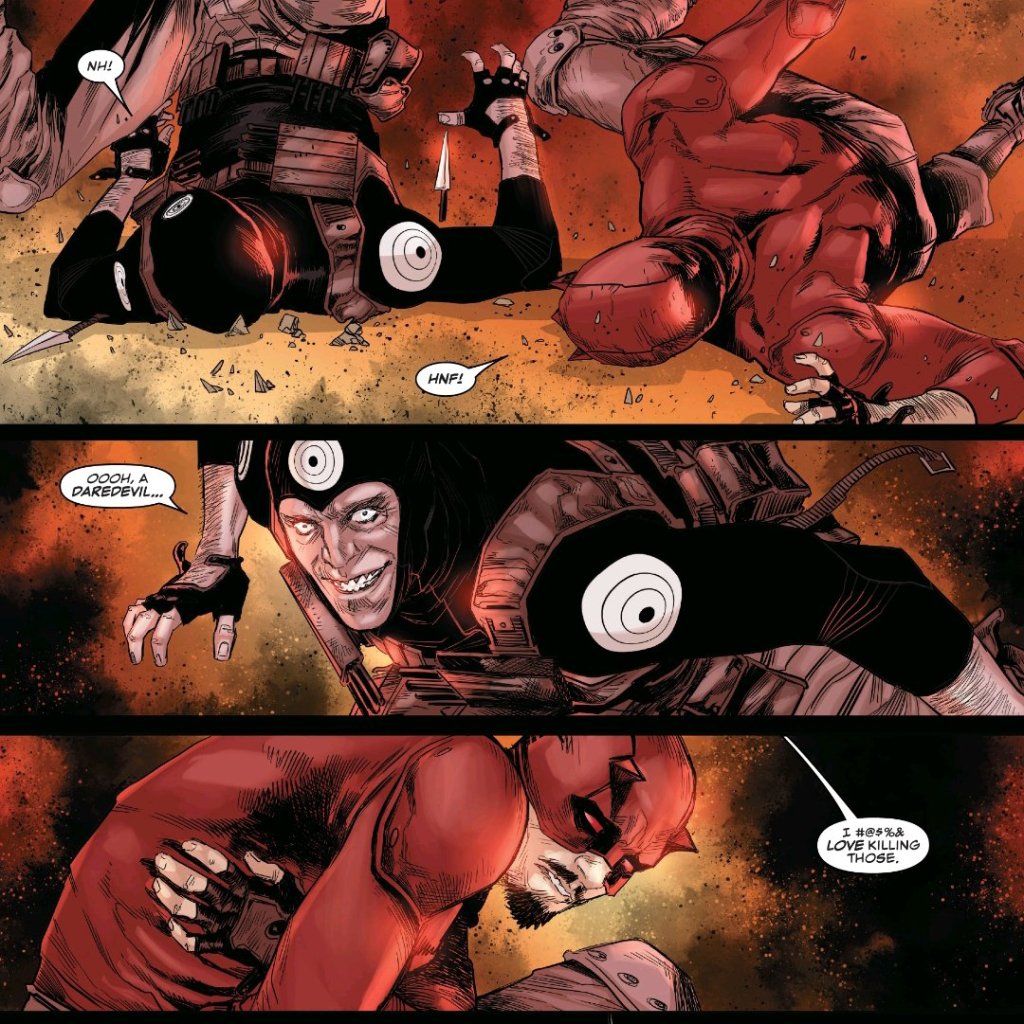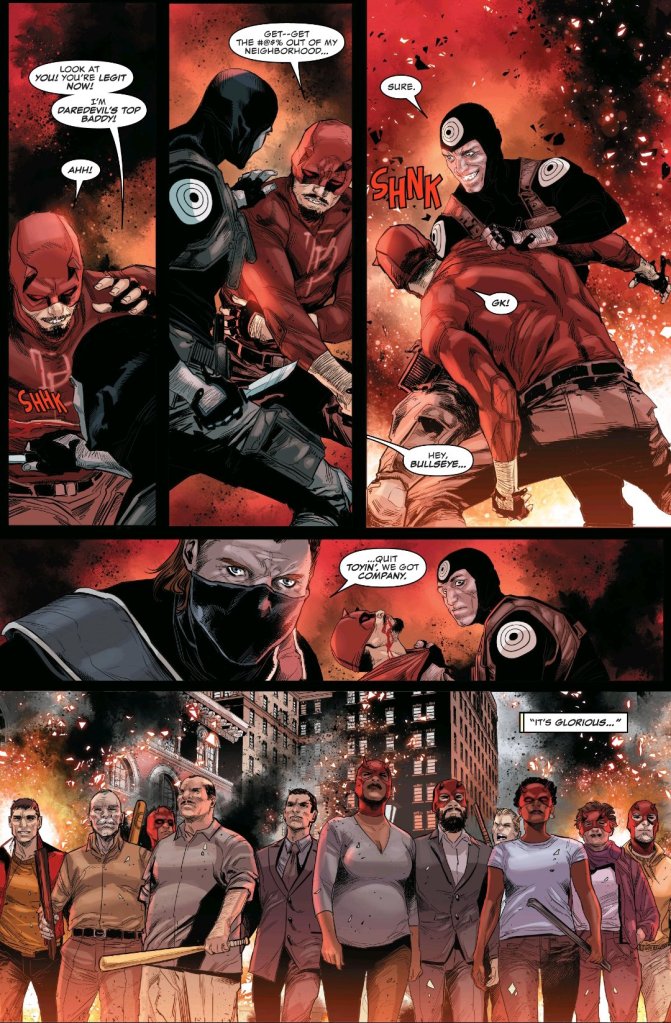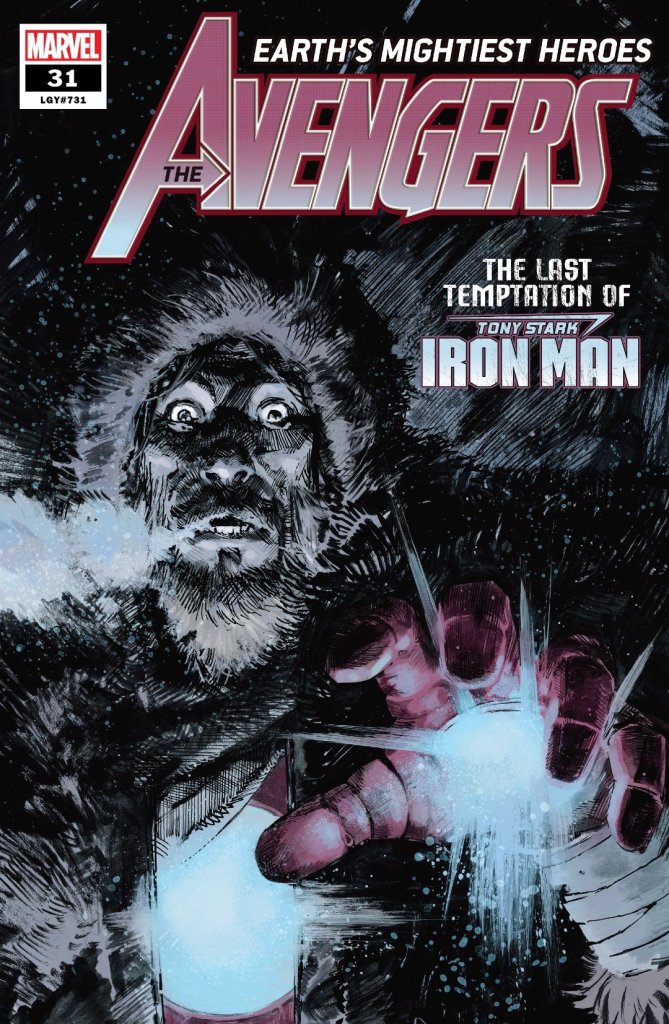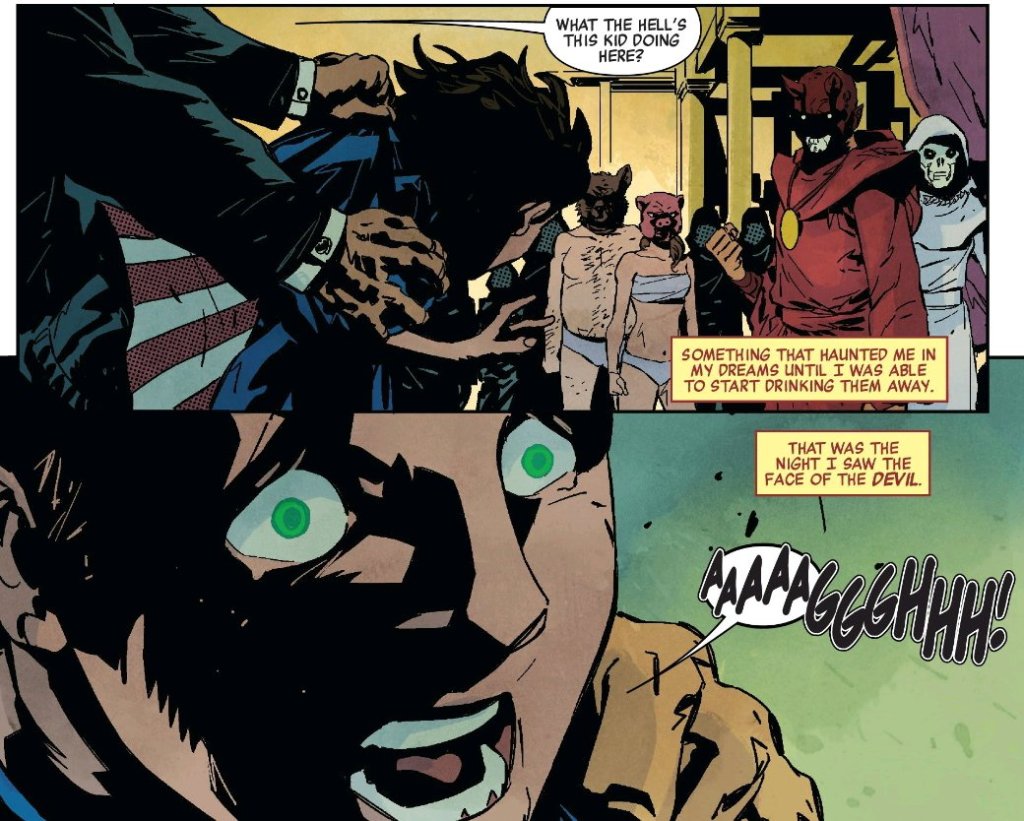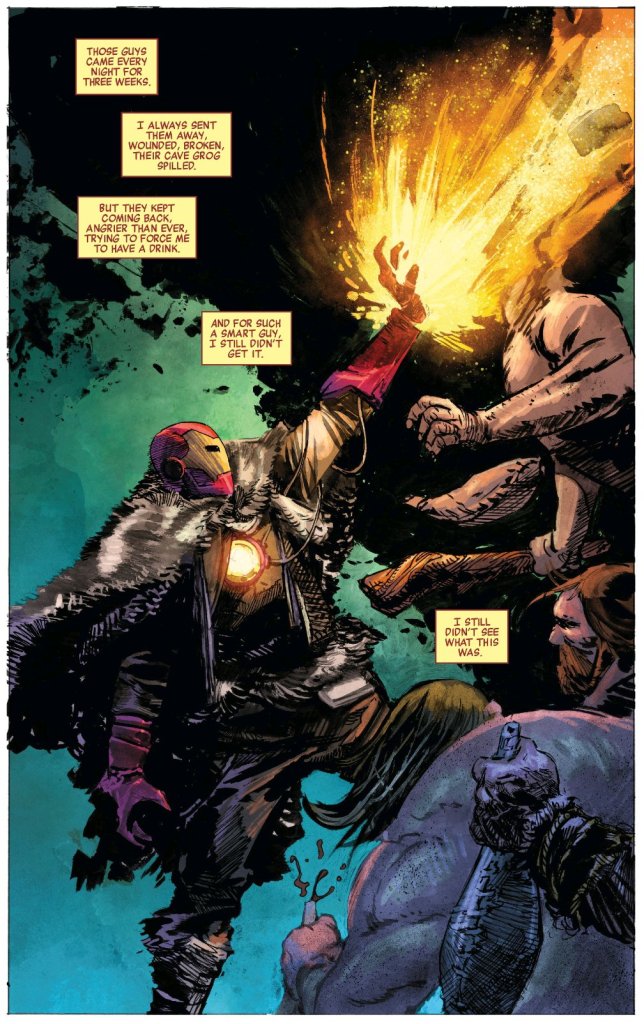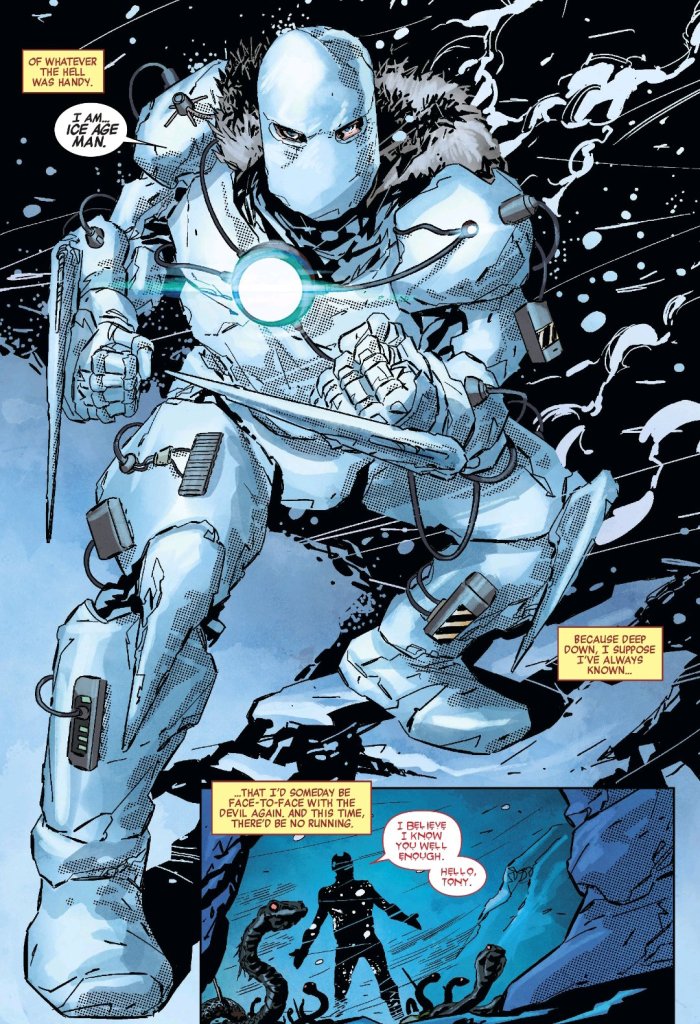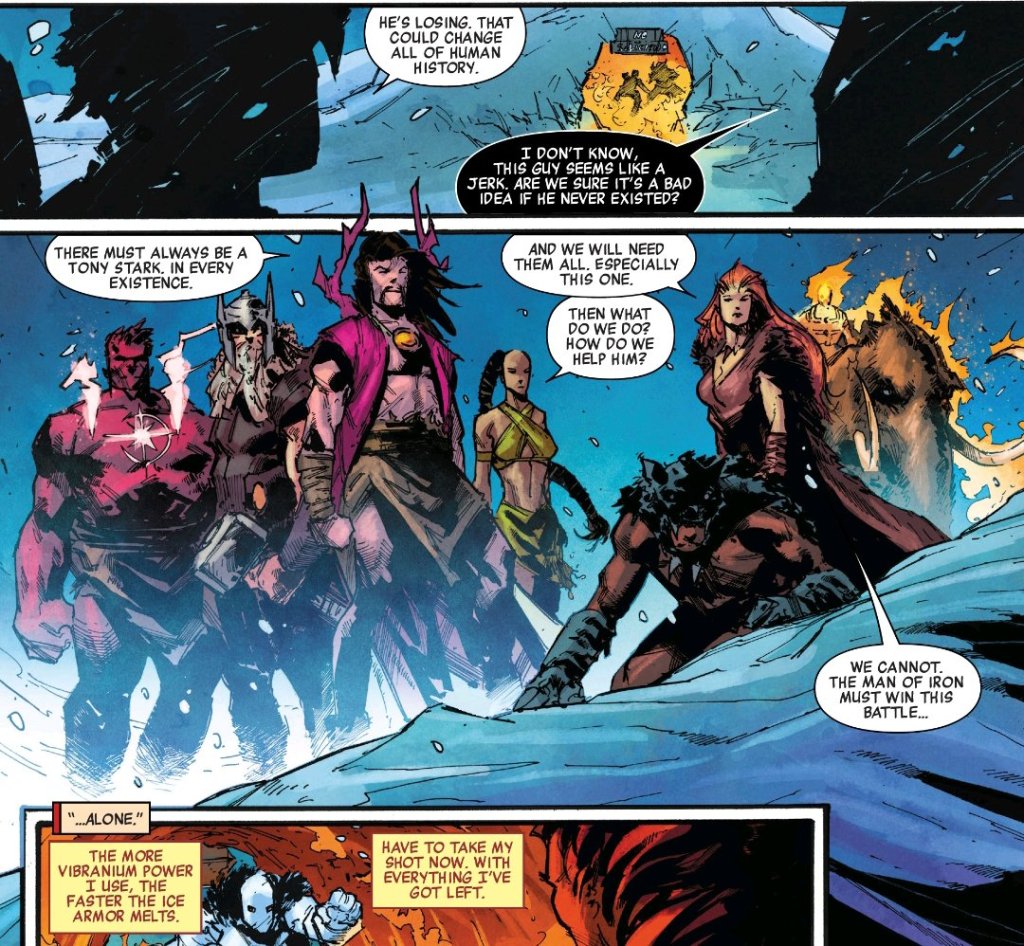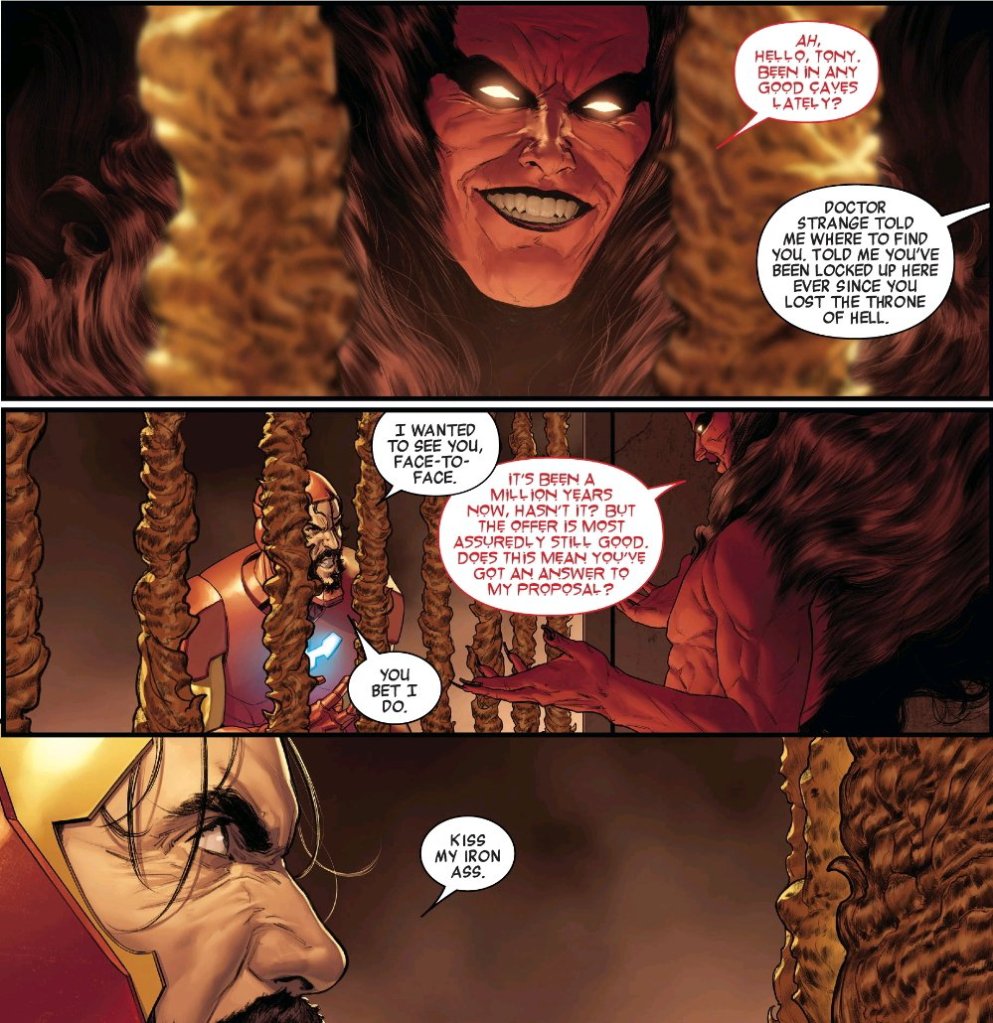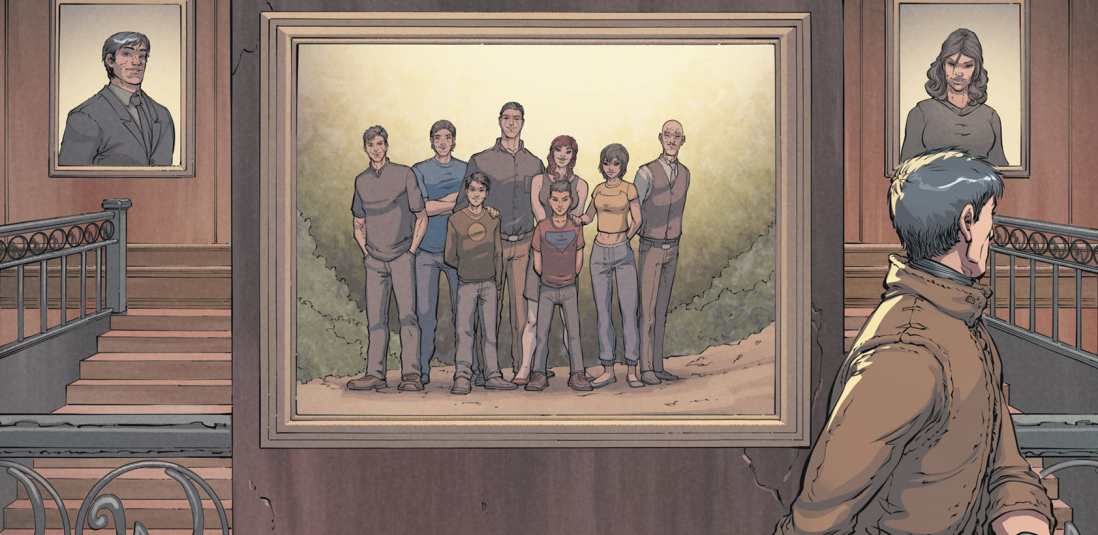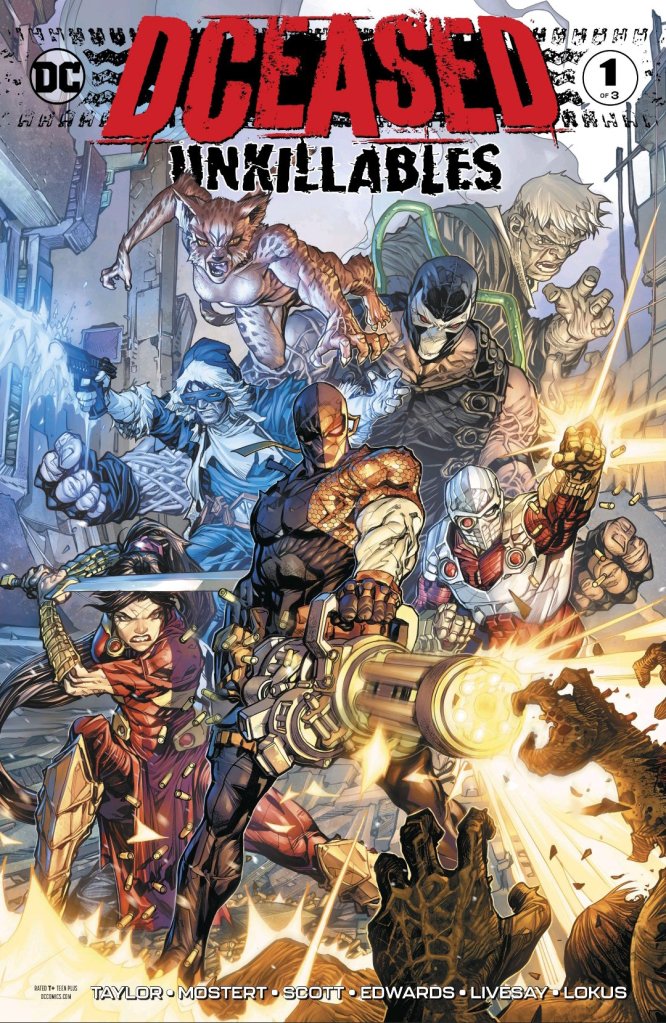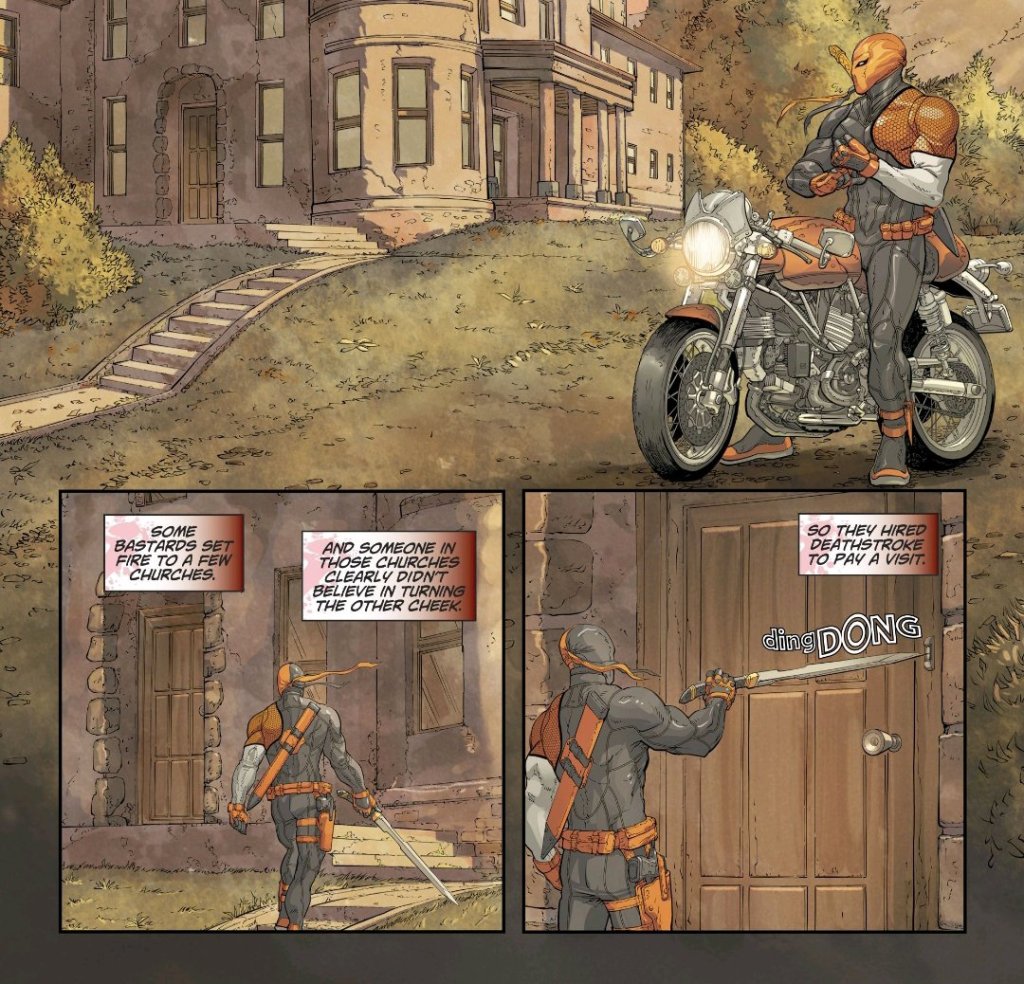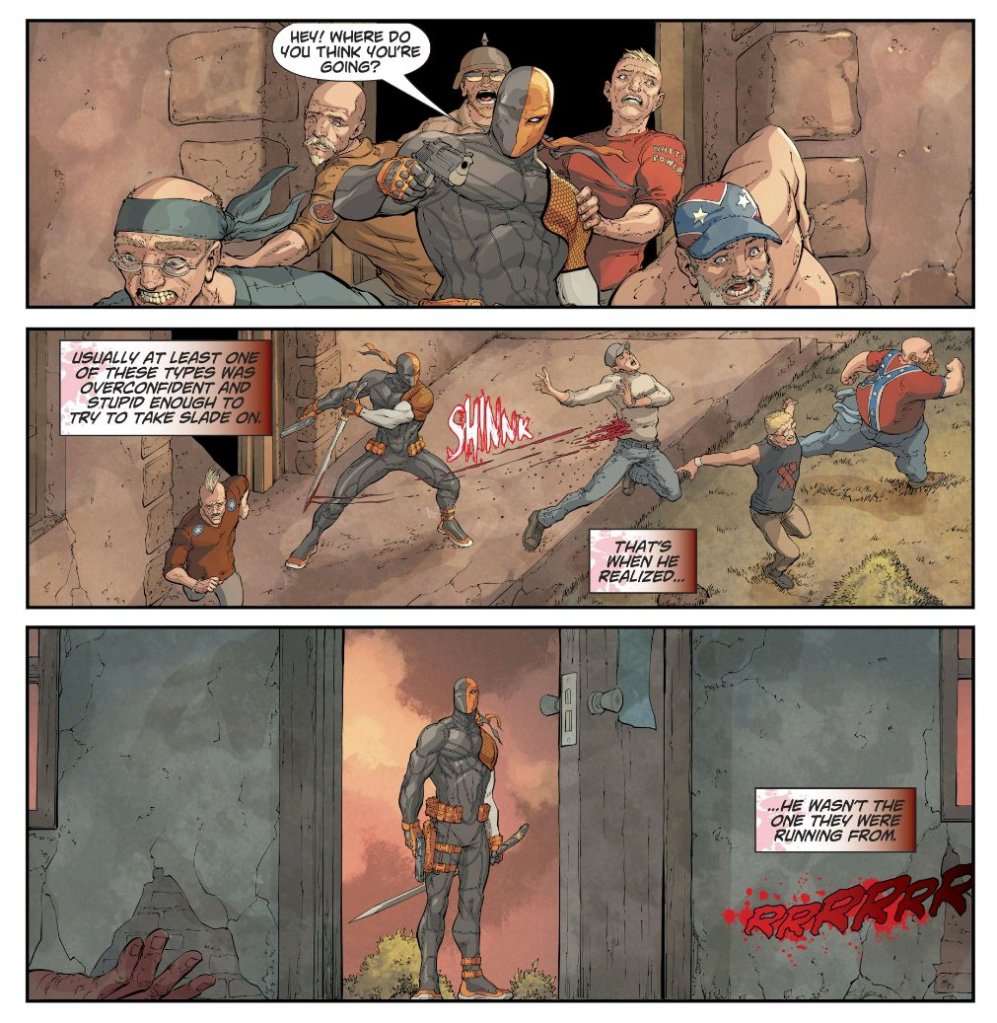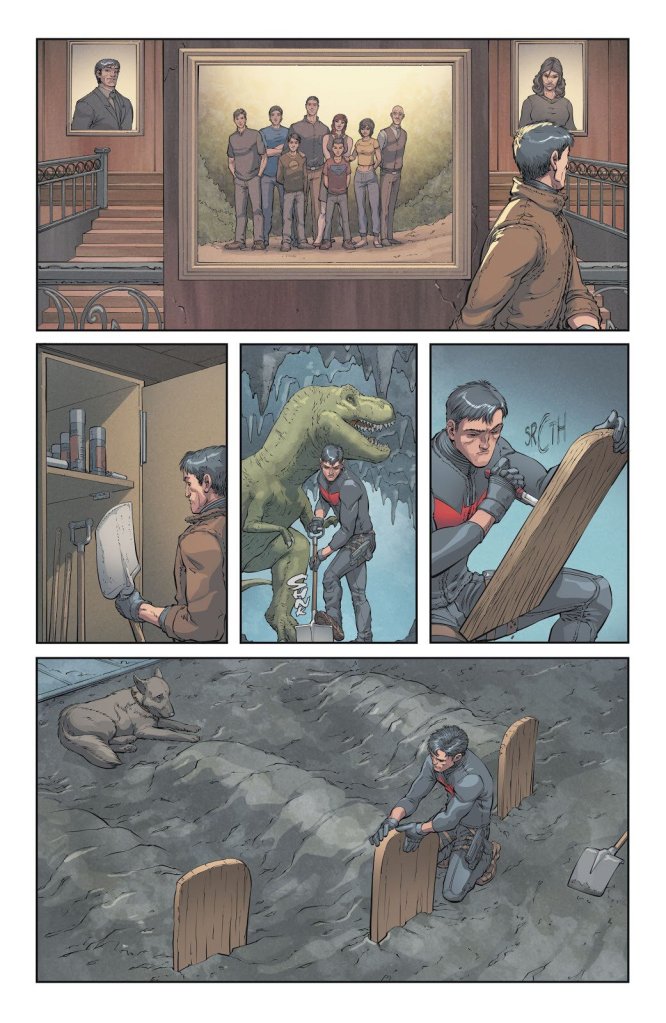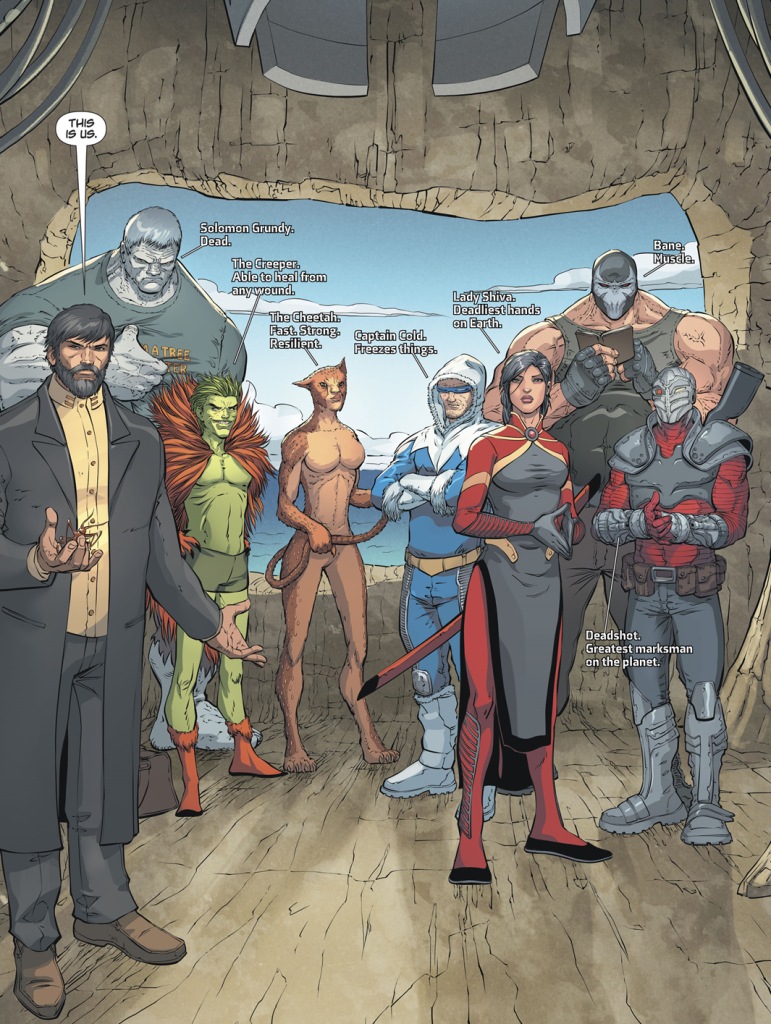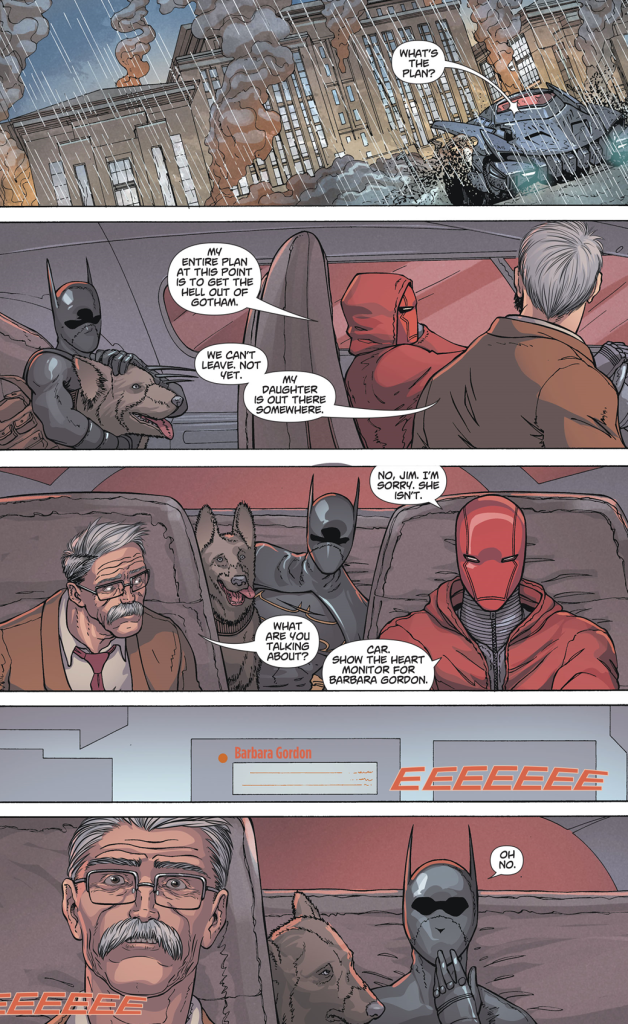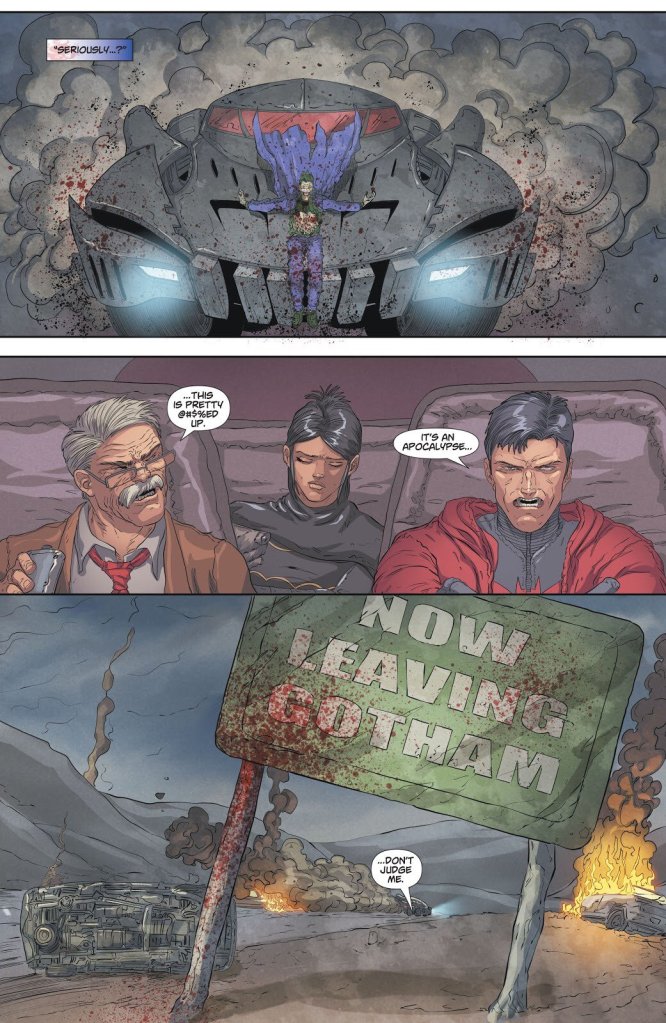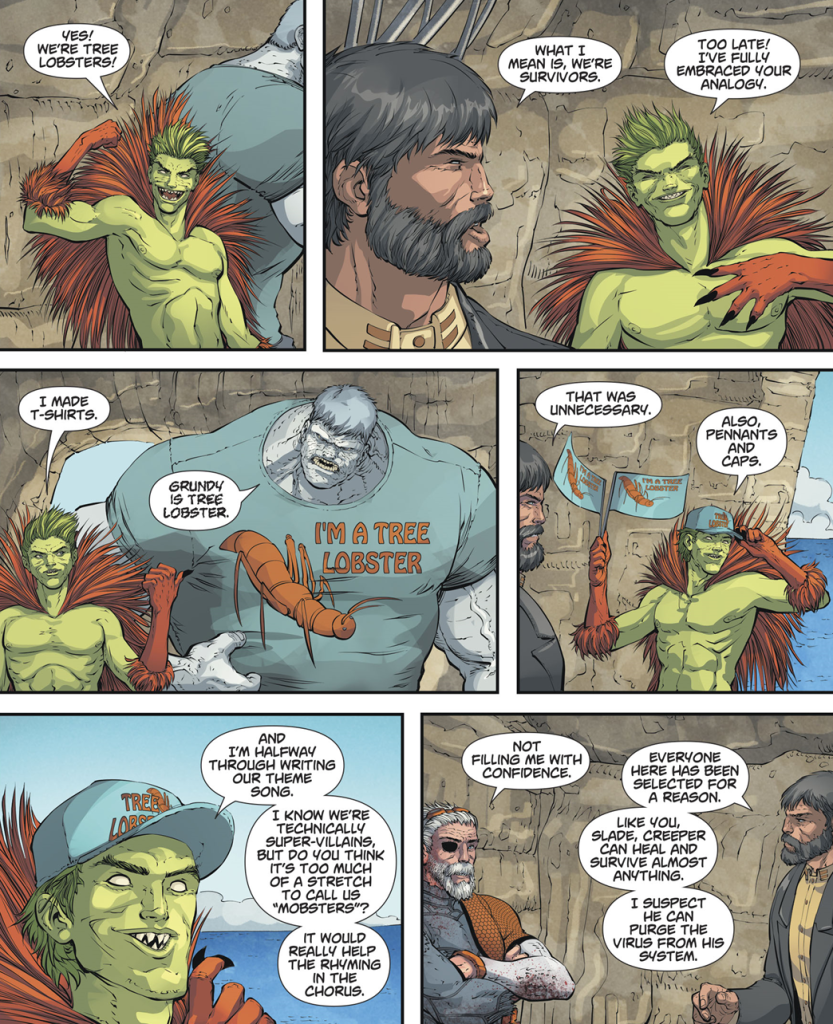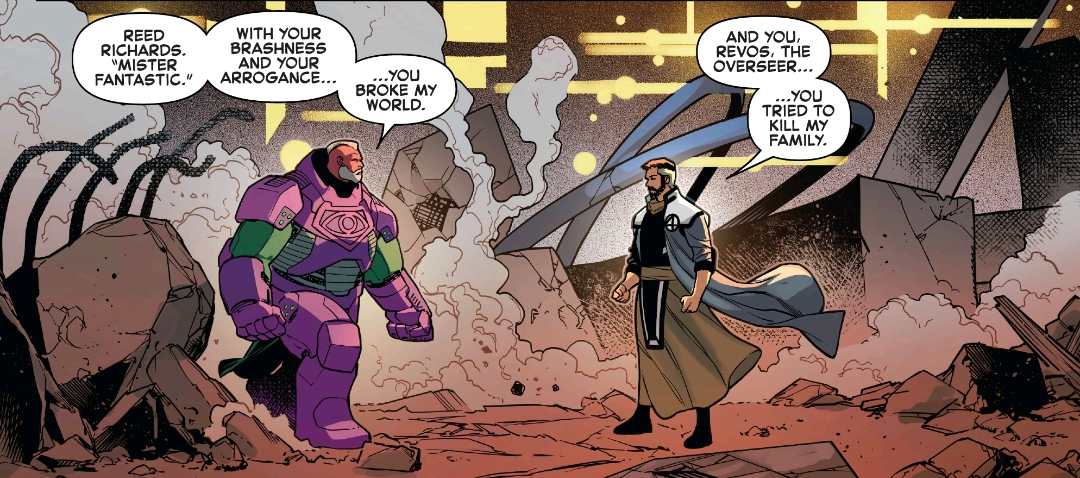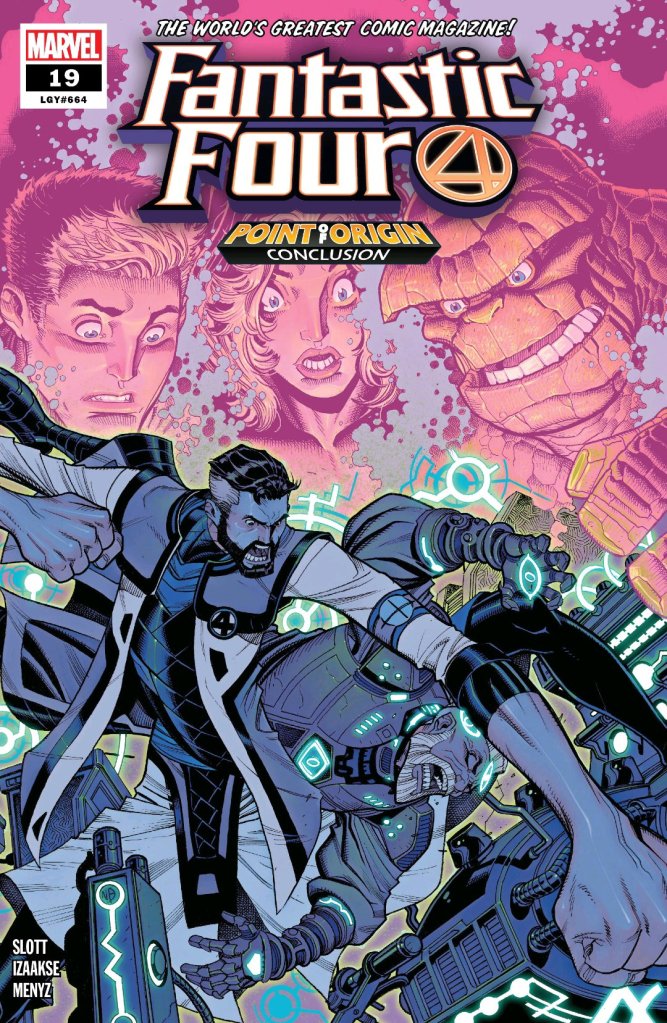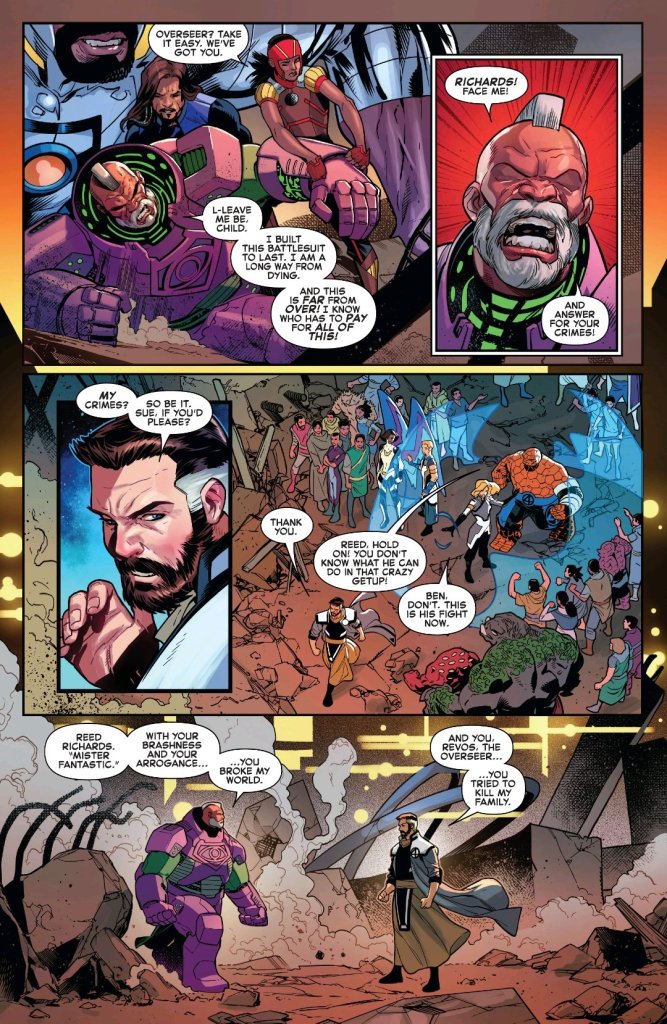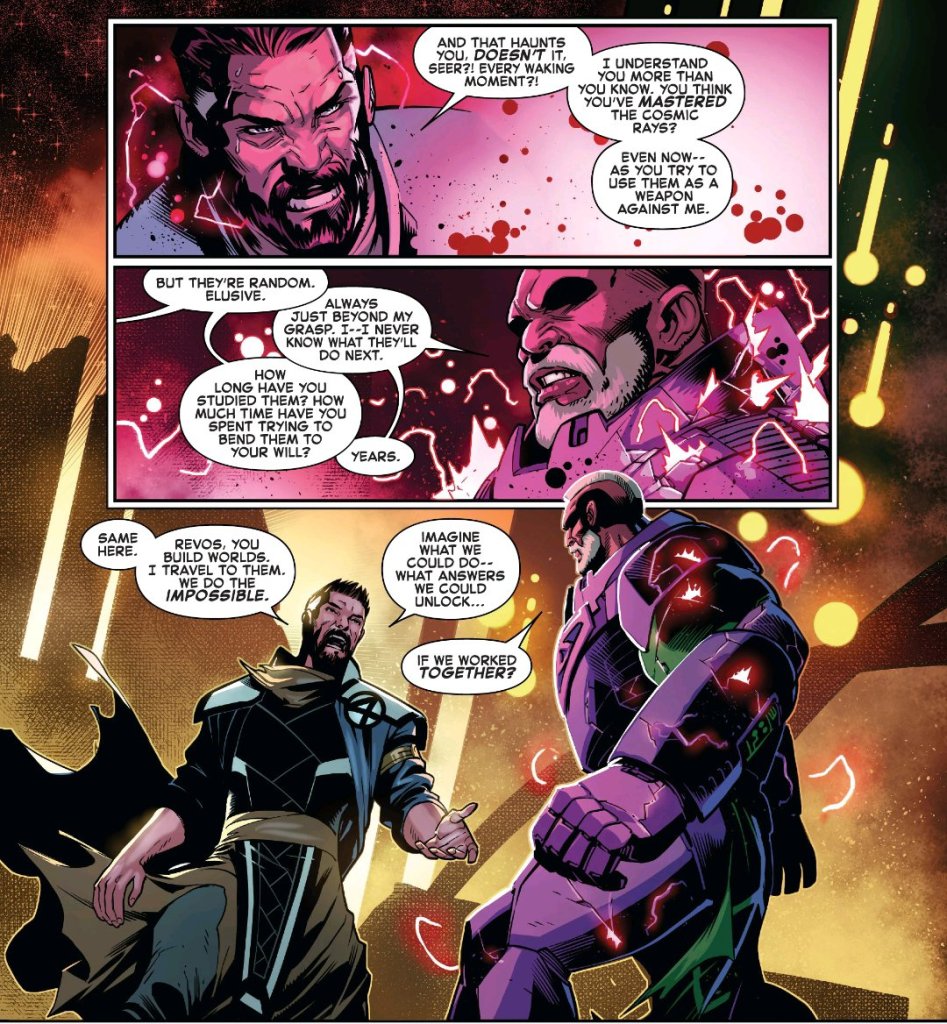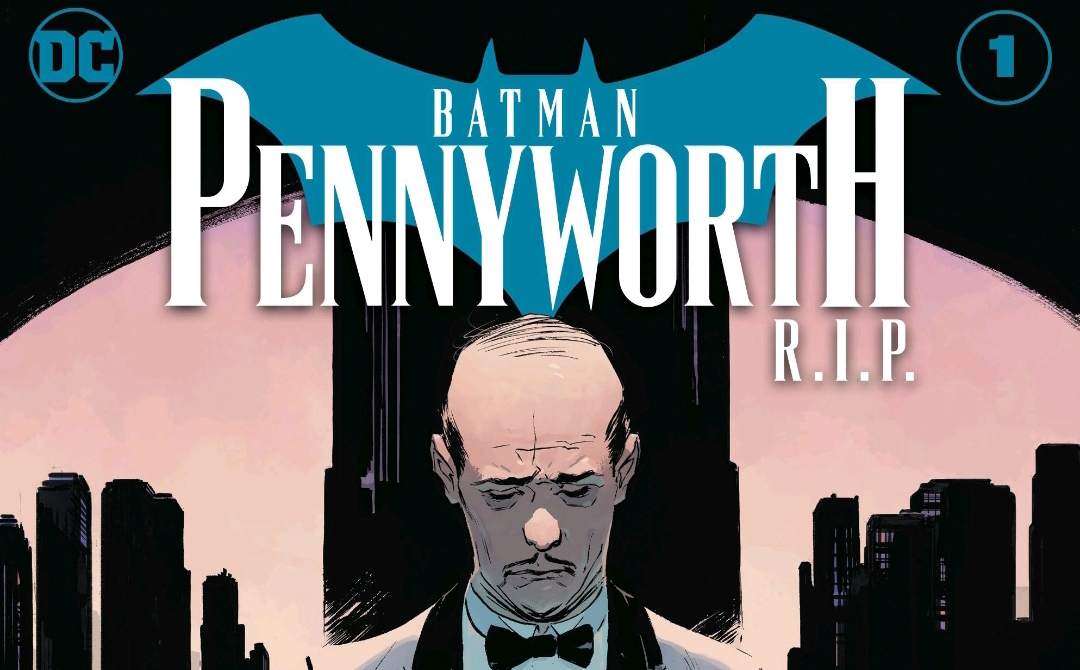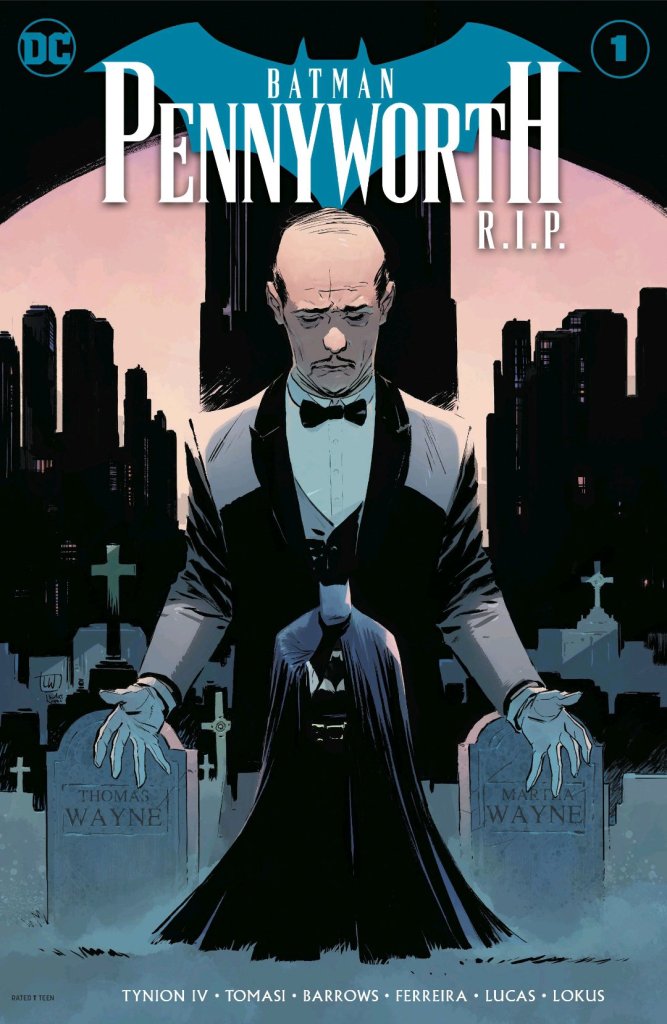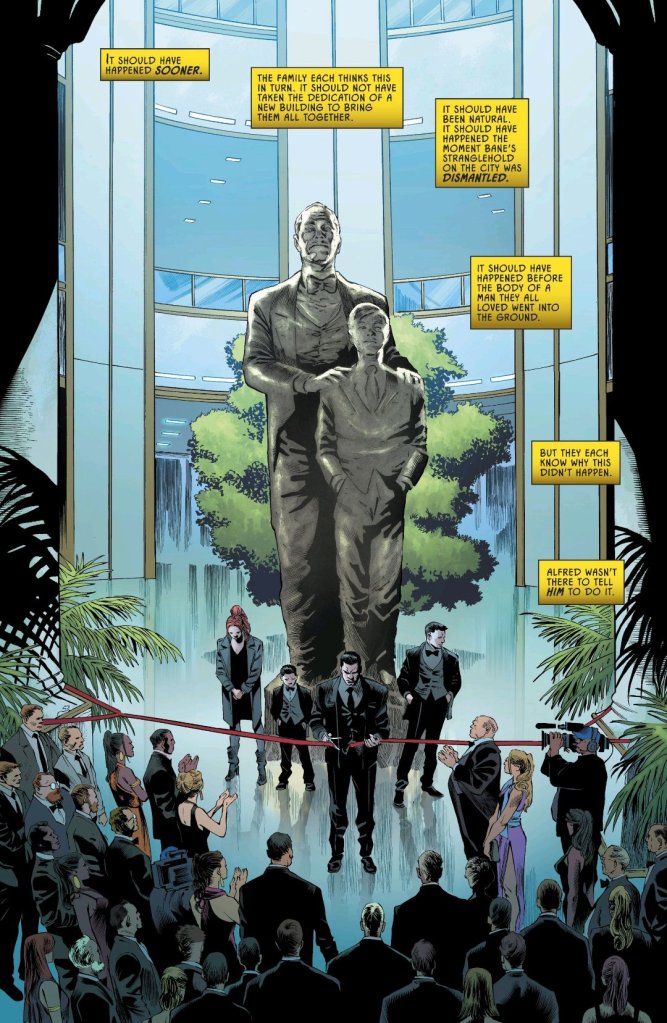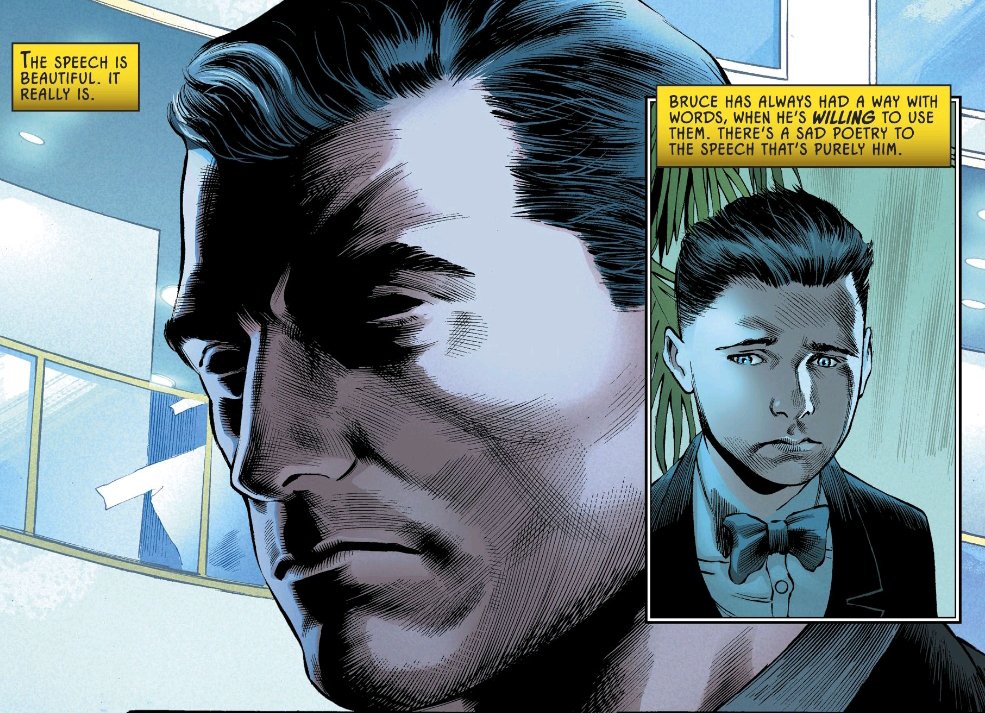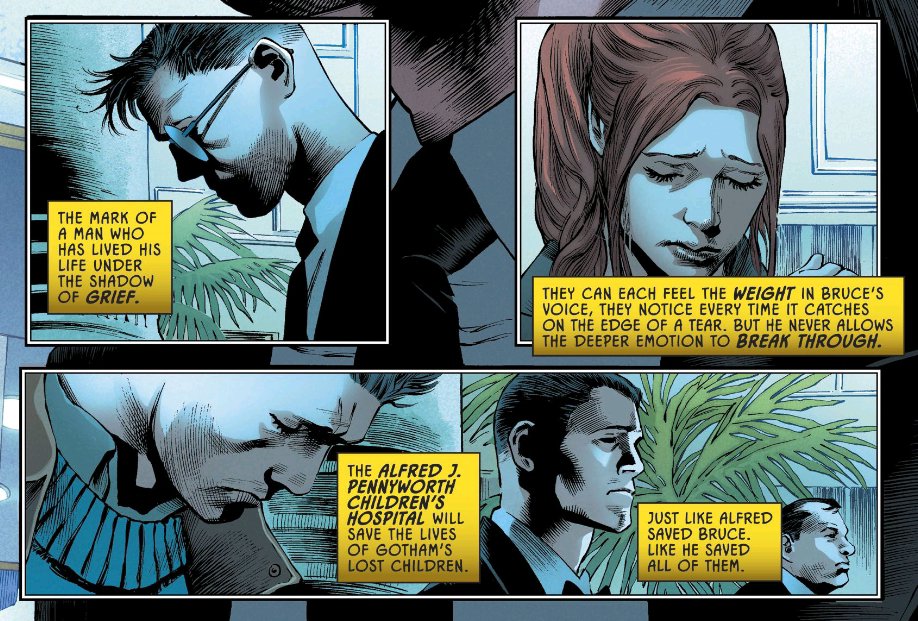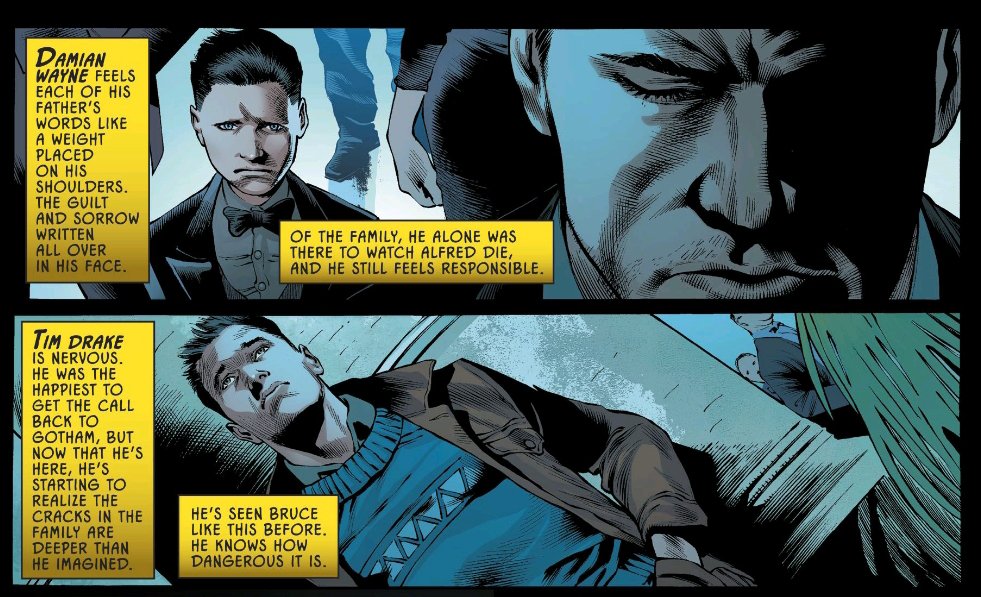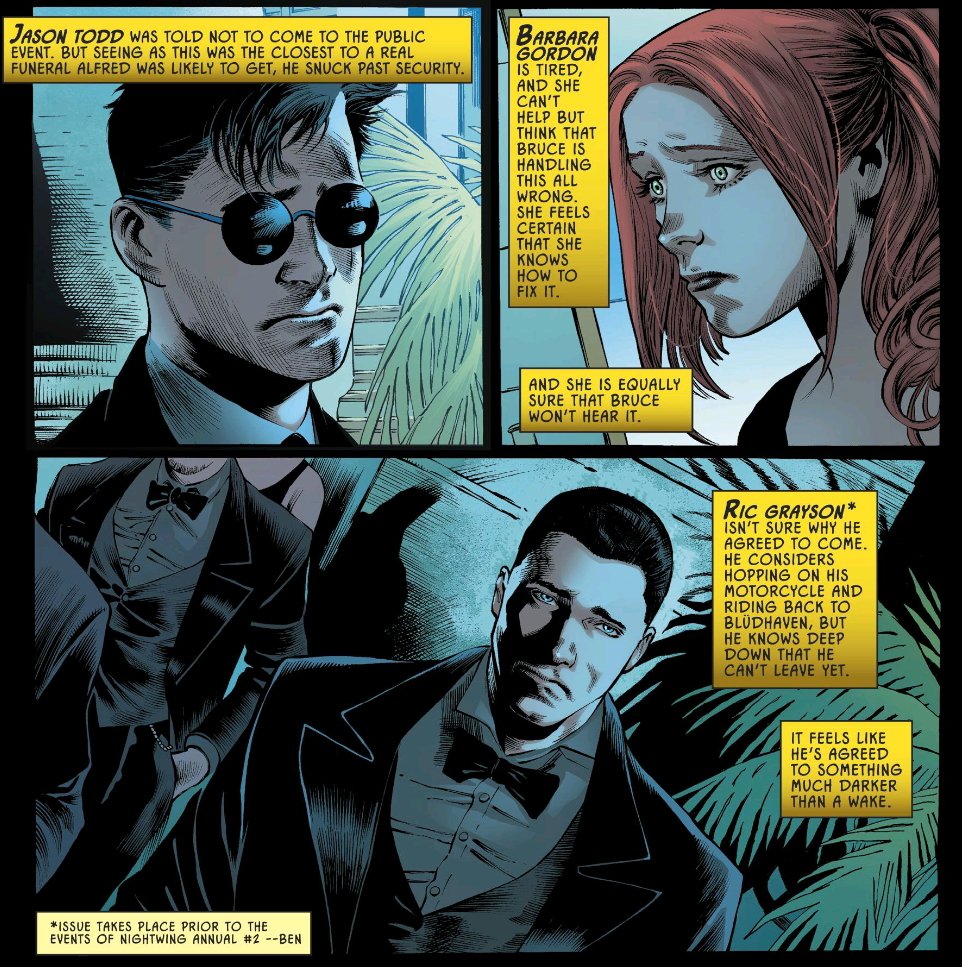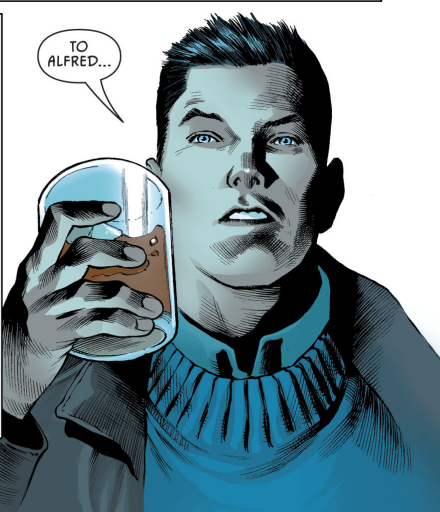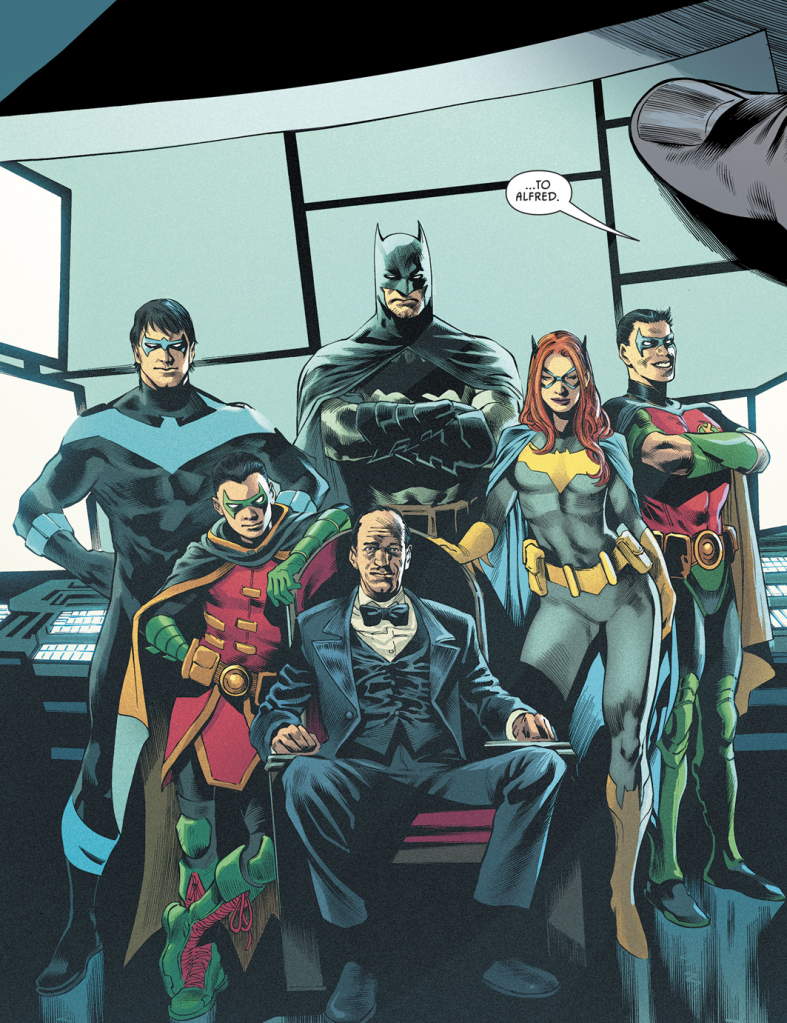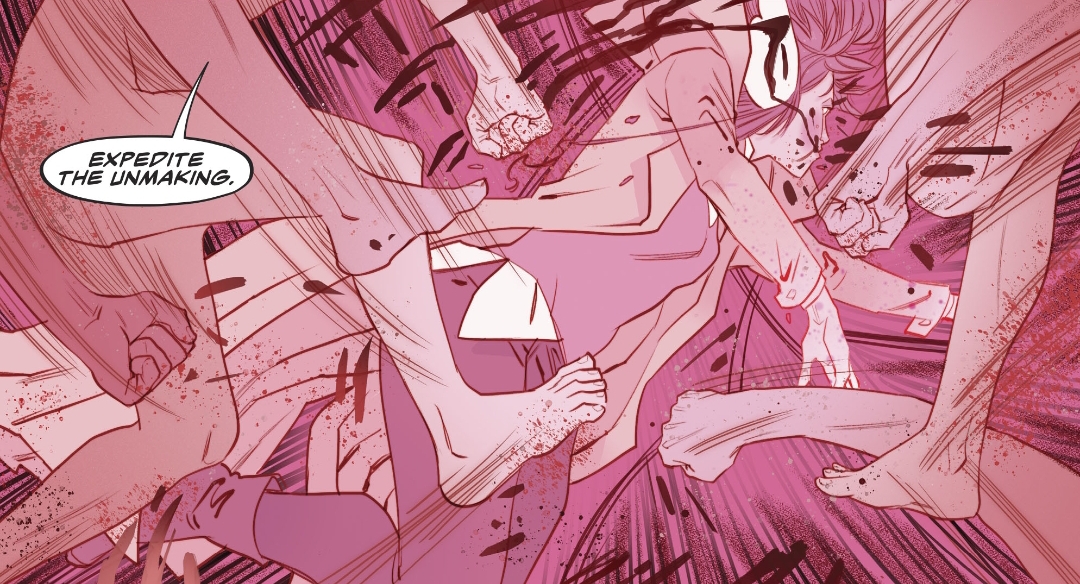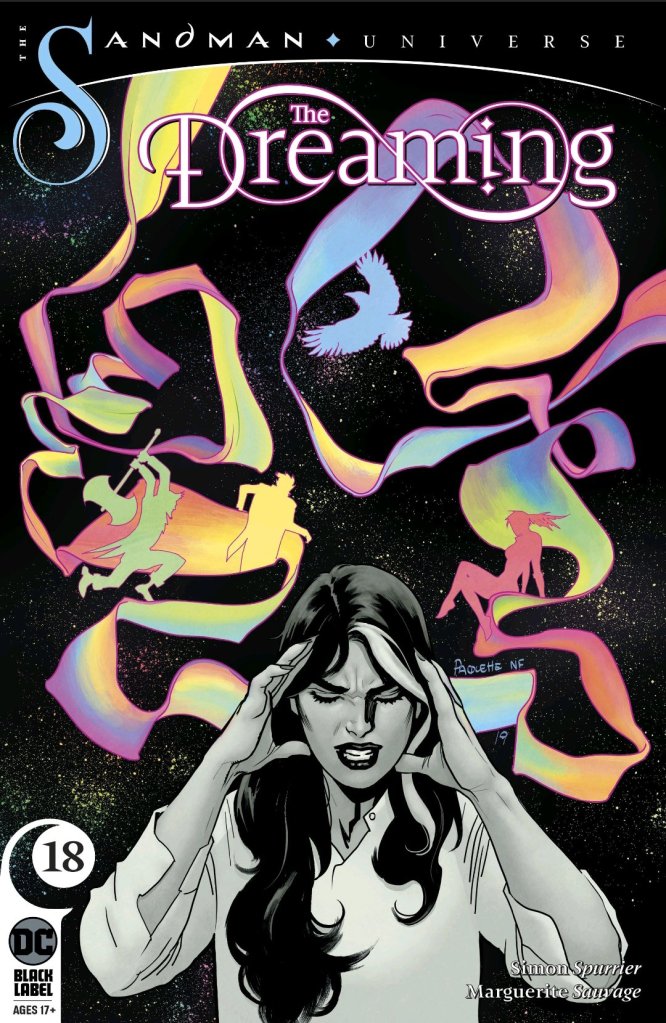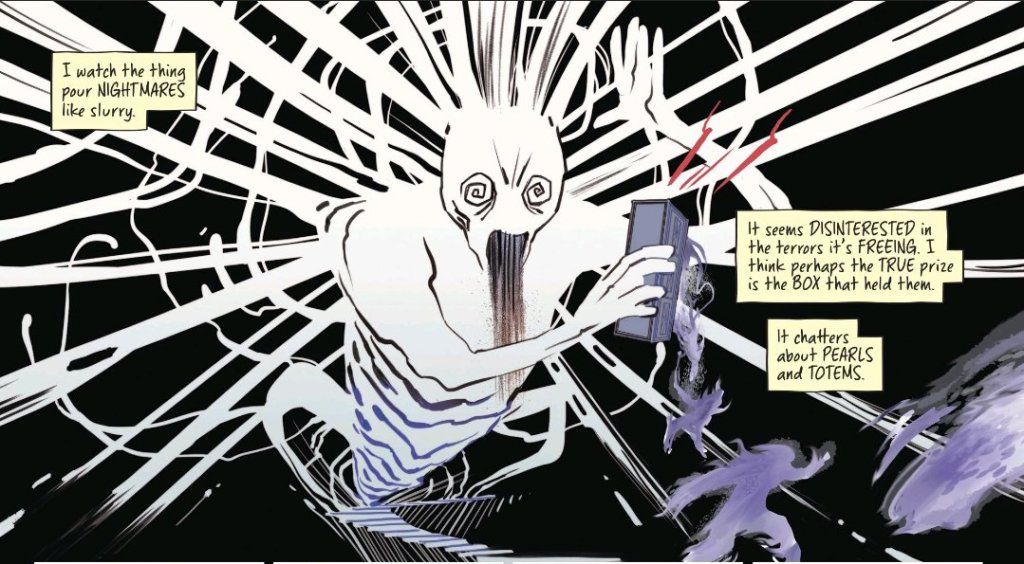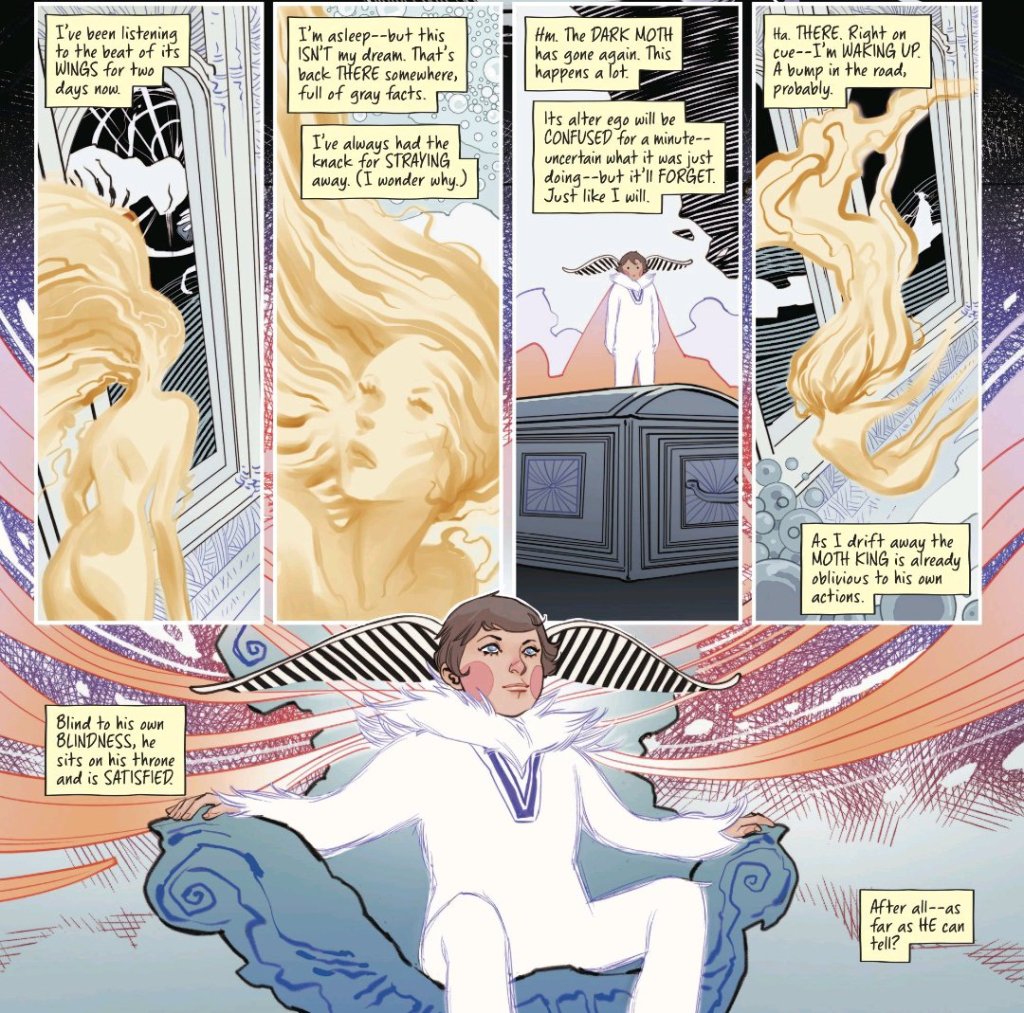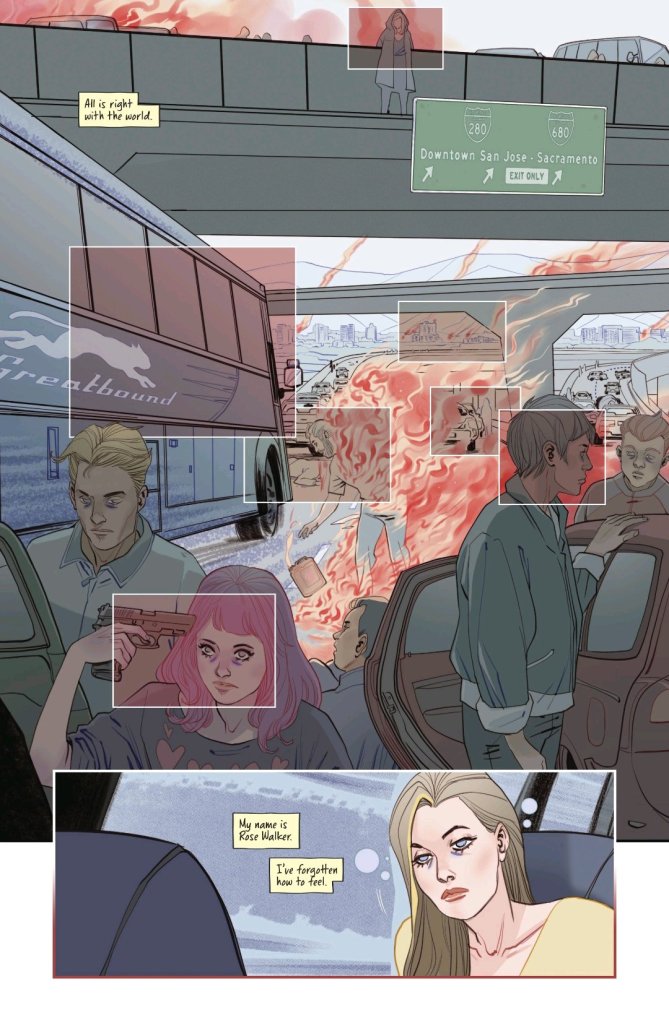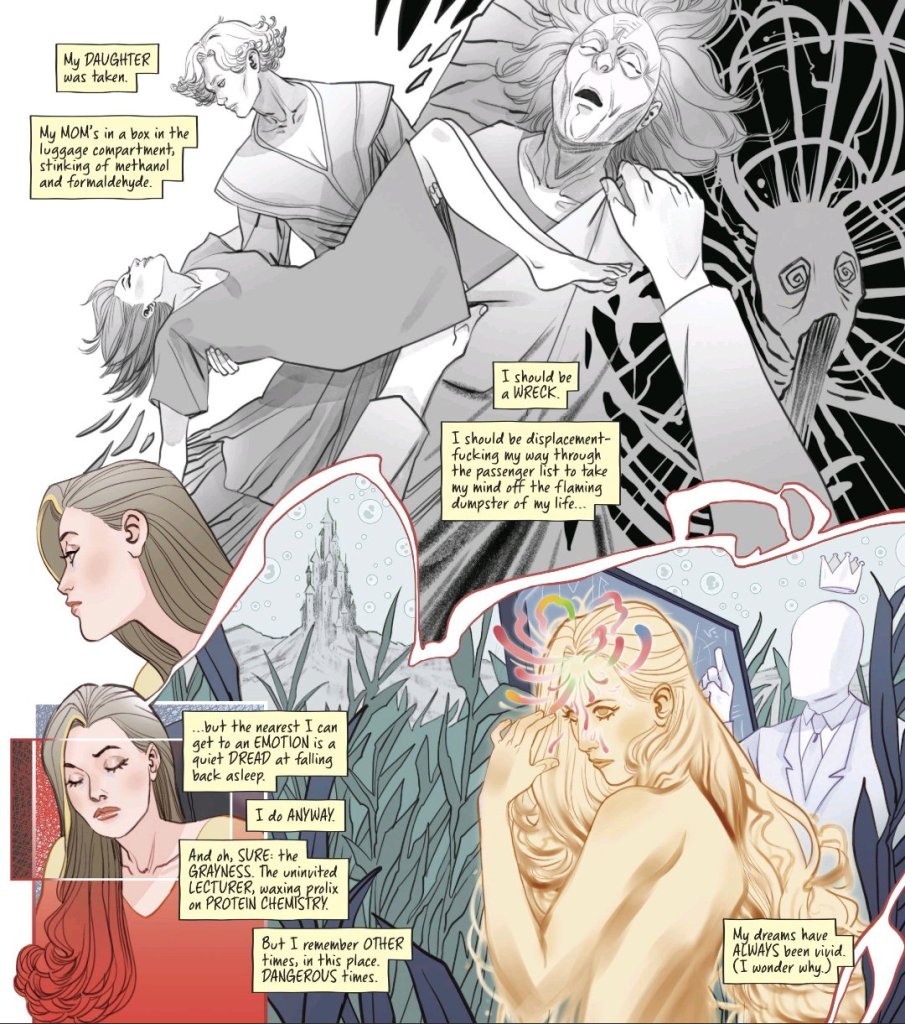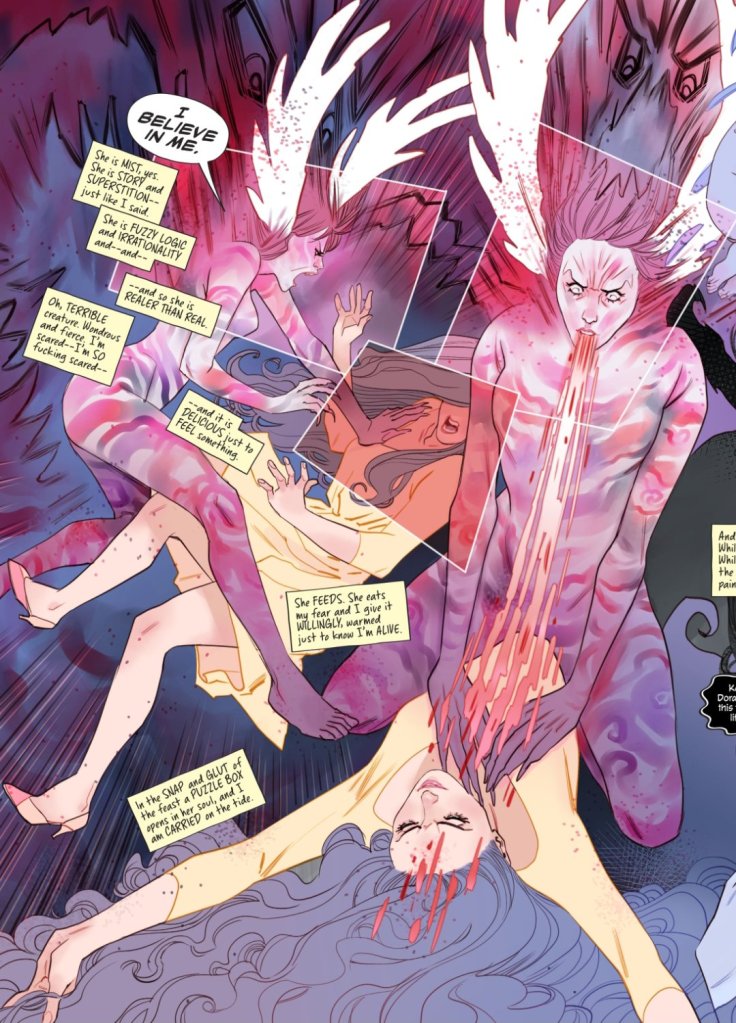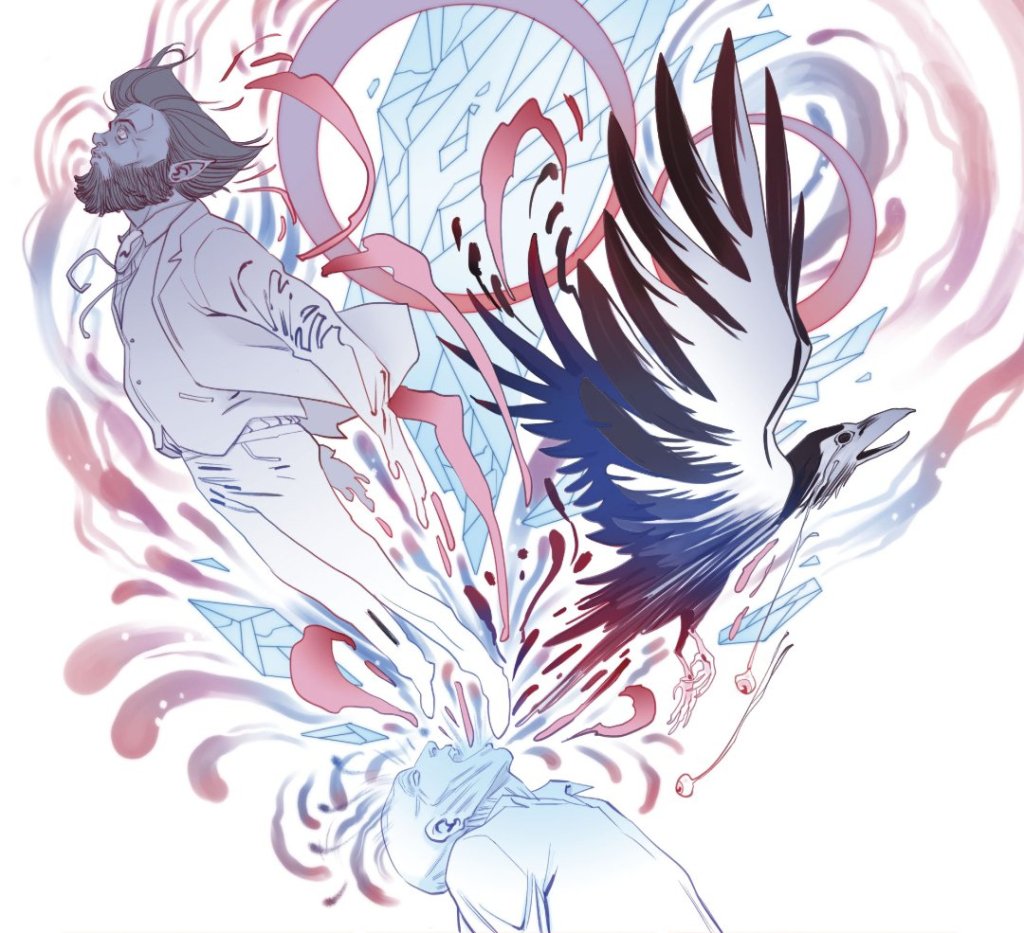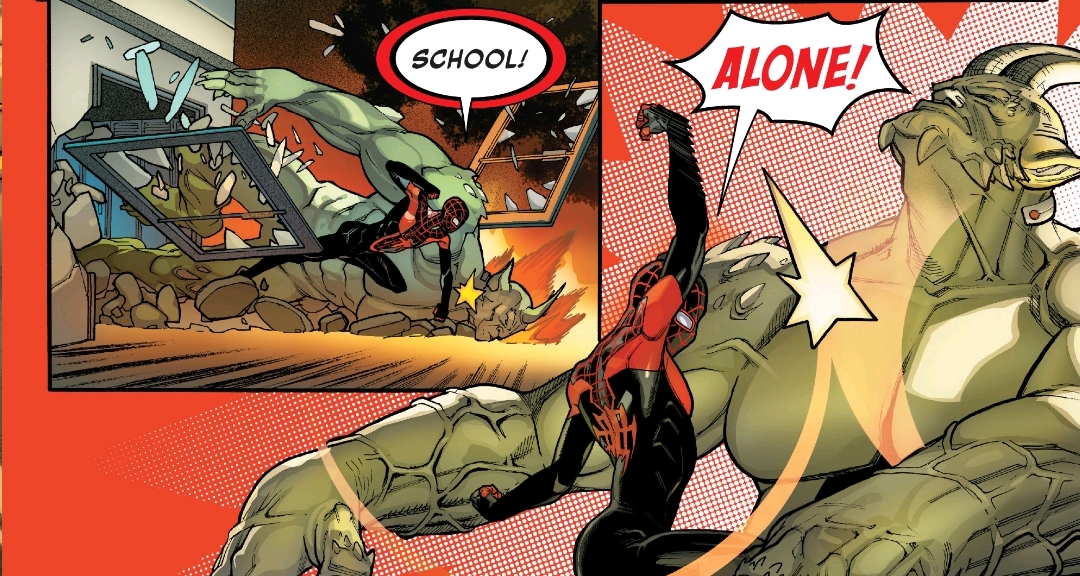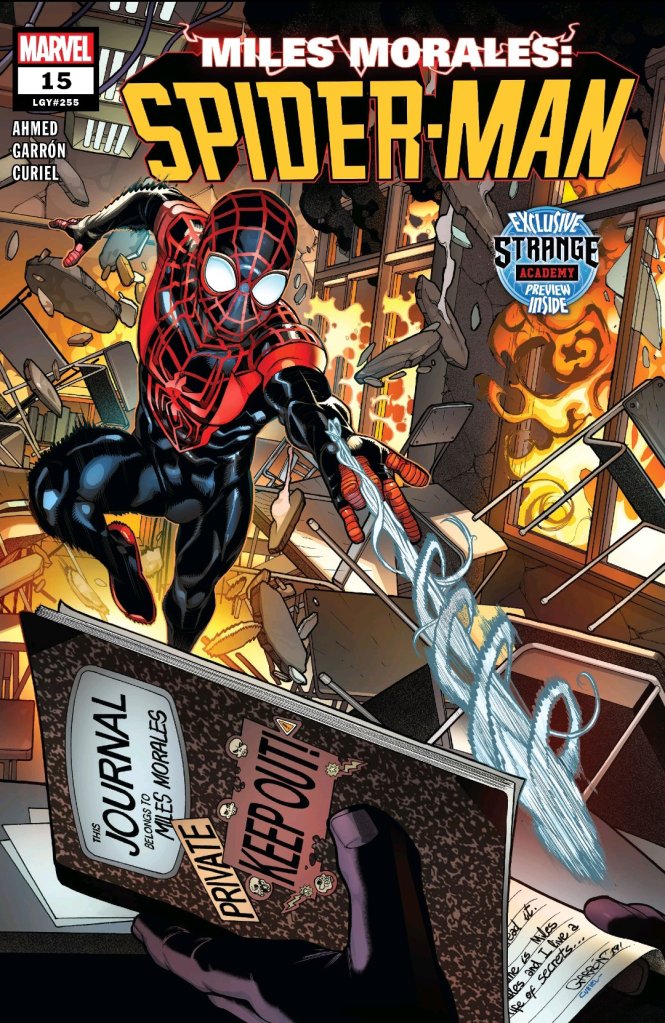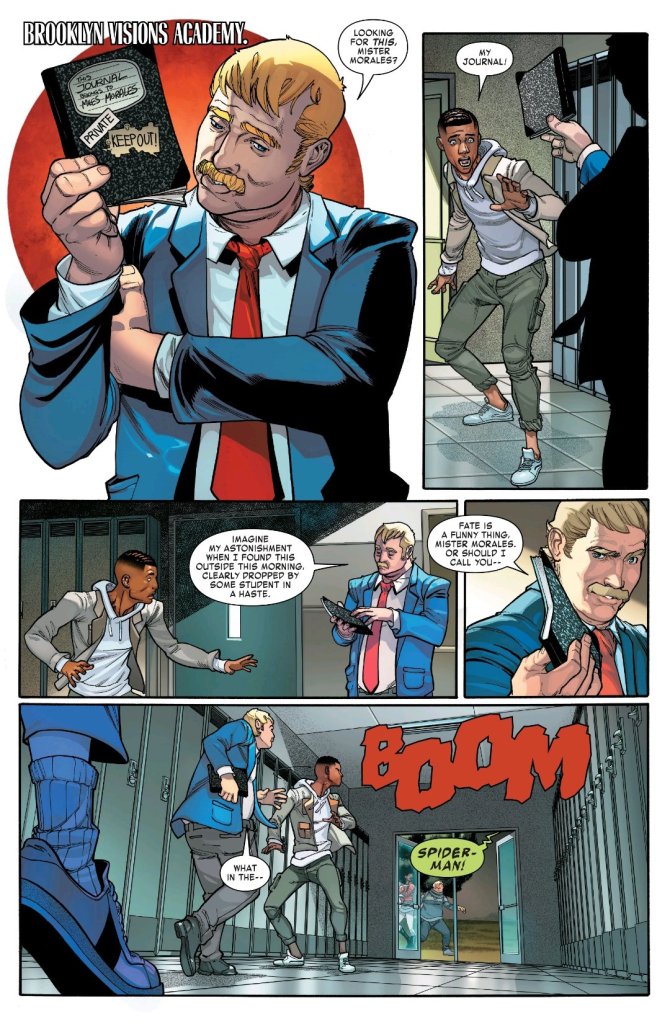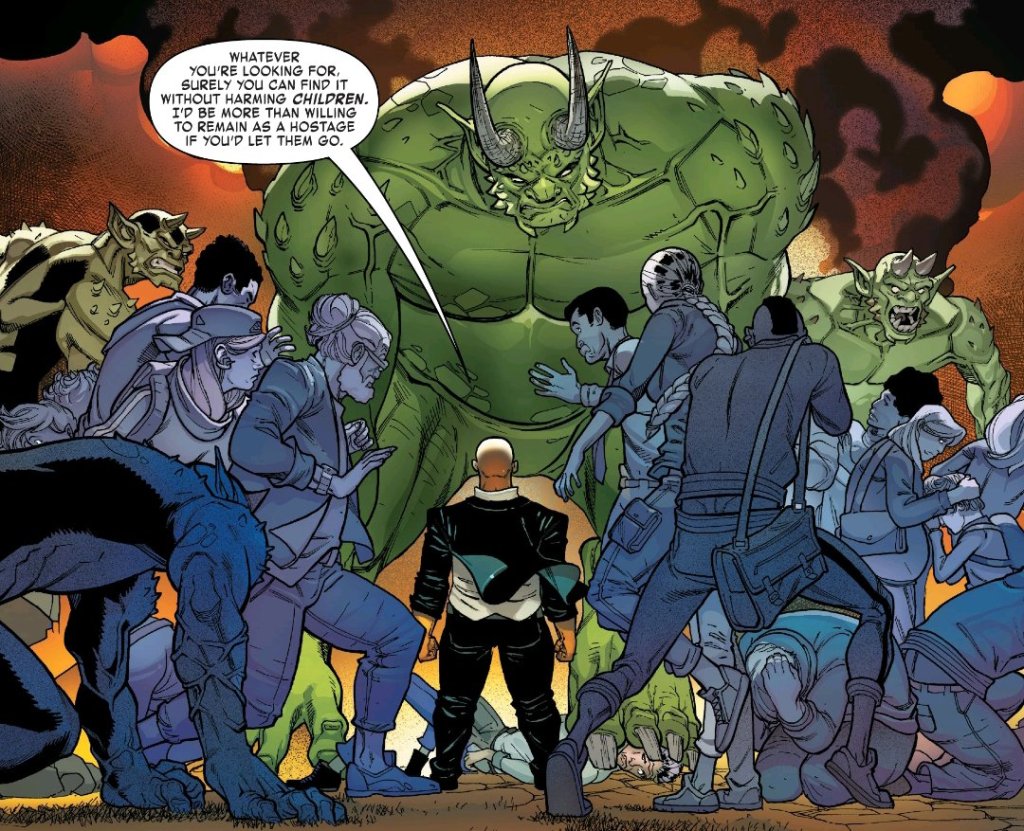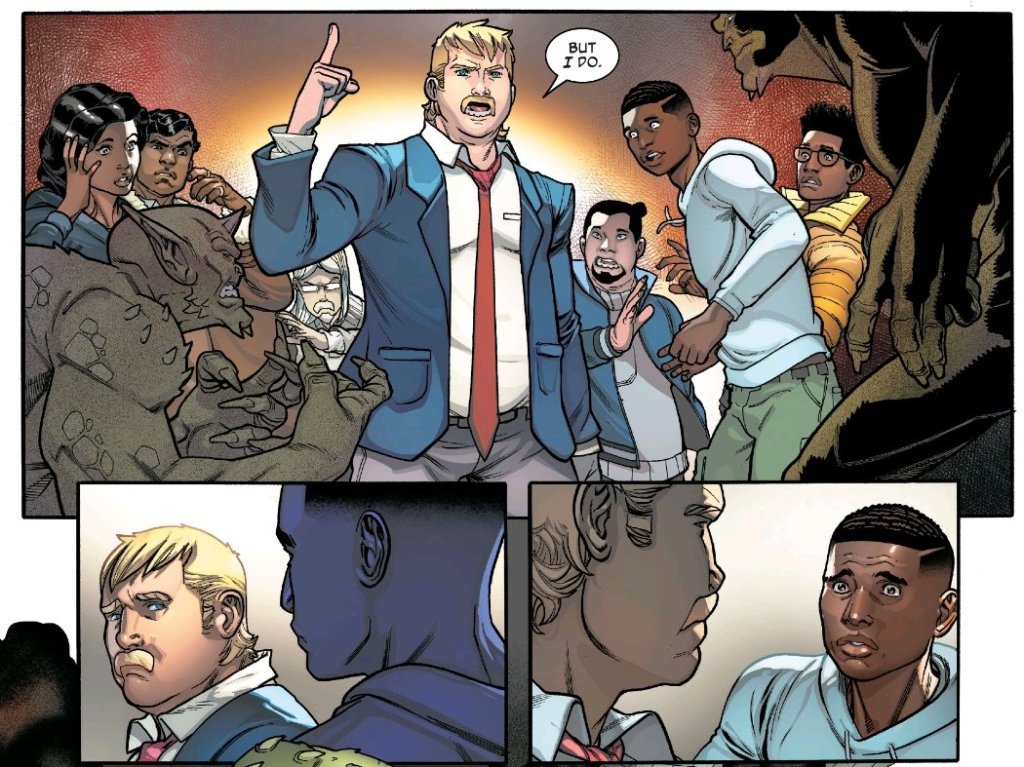Best of this Week: Black Panther #22 (Legacy #194) – Ta-Nehisi Coates, Daniel Acuna, Ryan Bodenheim, Chris O’Halloran and Joe Sabino

Can T’Challa ever be redeemed?
Most people might not know, but I have something of a distaste for the King of Wakanda for various reasons over his long, illustrious, heroic career and, over time, it has all spun into a neverending flood of anti-T’Challa bias as time has gone on. From his time as part of the Illuminati to his failed relationship with Storm, I have hated this character and the fact that his misdeeds have gone mostly unpunished…until now.
The Black Panther has never been an apologetic hero and he shouldn’t have to be because he is a king and needs to be strong for his people. Though with his nation on Earth and in Outer Space under siege by the resurrected Erik Killmonger with a symbiote of the former Emperor N’Jadaka, T’Challa has trials to face before he’s able to command his people and see his defeat. His biggest question is, what is his name and will he be able to overcome his own transgressions and become the leader his people truly need?
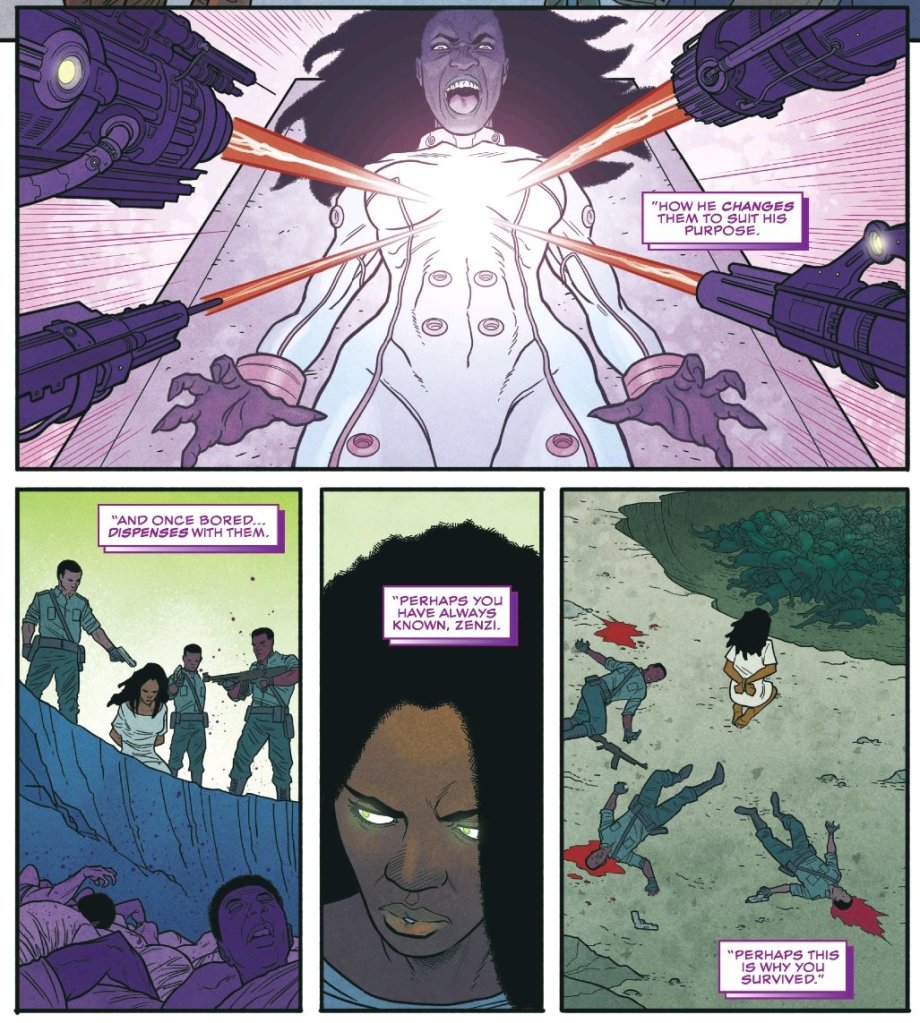
The main theme of Ta-Nehisi Coates’ Black Panther story is redemption. This issue begins with Zenzi, one of the first new villains introduced by Coates in his initial Black Panther series back in 2016, and gives us a little bit of her backstory with some history involving the original Killmonger. Through Ryan Bodenheim’s pencils, we see the simmering anger and power that she’s been capable of since her introduction and why she’s so eager to see the end of men like T’Challa who use their people and then discard them like Killmonger did for her, giving her superpowers and then trying to have her executed.
Bodenheim and Chris O’Halloran on colors gives this scene and her subsequent conversation with Bast in the body of a child a sense of weight as we now are able to understand why she’s on a mission to rid Wakanda of false rulers, Gods and Kings as Killmonger killed her entire village for his own ends and she likely feared T’Challa was doing the same to Wakanda. O’Halloran uses soft and hazy colors for the flashback, employing slight green and purple hues and switches it up to vibrant greens for Bast’s astral projection and Zenzi’s clothes as the Goddess convinces her to support Wakanda against Emperor N’Jadaka.
At the same time, T’Challa finds himself within the Djalia, the Plane of Wakandan Memory, facing off against his many ancestors to gain their help and fealty so that he may finally put this battle to rest. The main problem he faces, however, are both their numbers himself as a King. Daniel Acuna takes over the art for this portion of the issue and absolutely stuns throughout with impressively smooth linework and coloring which gives distinct borders to characters and their clothing and backgrounds while being absolutely beautiful at the same time.
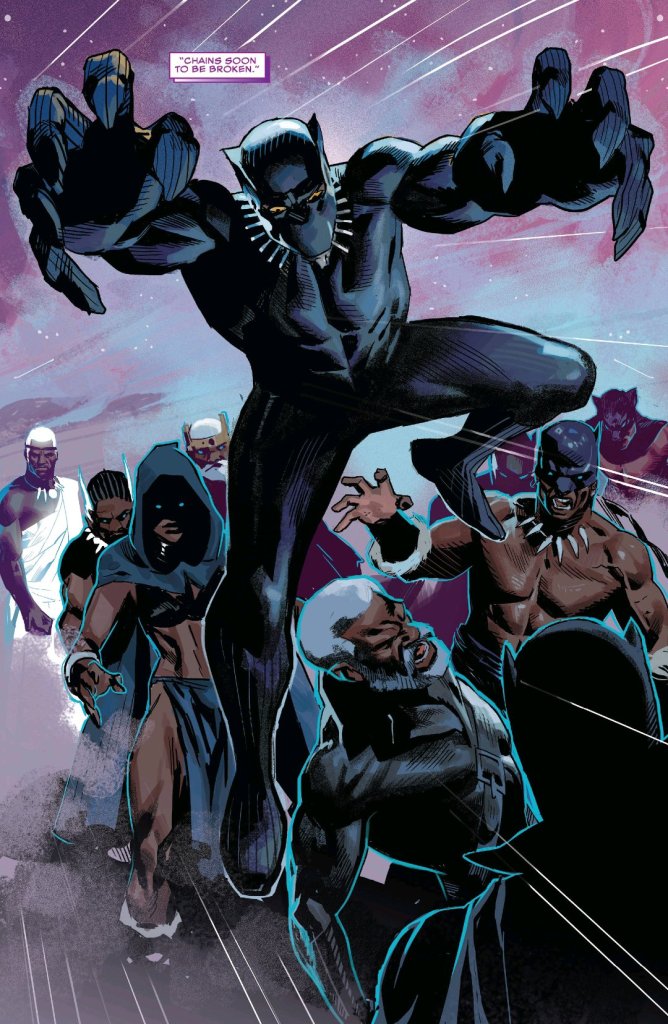
Joe Sabino’s lettering also shines here as he makes the distinction between T’Challa and the many other Black Panthers by giving him black letters and word bubbles while the rest have purple letters because of their nature as ethereal beings. Not only that, but his sound effects accentuate the panels perfectly as the “TWOK” from a headbutt is given a yellow hue while being transparent to show impact and a “THUD” from T’Challa being swept at the feet is colored in a bright blue that accentuates the yellow background.
One of his female ancestors mocks his so-called “preparation” as he summons a white, luminescent spear to fight them all before she summons the Ebony Blade of the Black Knight (see Black Panther 22 – 23, 2005) and slashes him across the back, revealing his own recent past to him. This is meant to serve as a way to show how T’Challa is not as infallible as he makes himself out to be, considering how many times he’s been on the wrong side of history in regards to the world, his people, his lovers and his friends.
Coates has obviously done his research into Black Panther’s best and worst moments as the first flashback we get is from Jonathan Hickman’s New Avengers (#21, 2013) after the Illuminati defeated the heroes of another Earth to save their own, the caveat being that they would have to destroy the other Earth. This was one of the lowest moments for the hero as he couldn’t do what needed to be done and King Namor had to, knowing that sacrifices had to be made in order to save the Earth. He shrank away from his duties of protecting the Earth – of protecting Wakanda after The Black Order had attacked it merely ten issues prior.
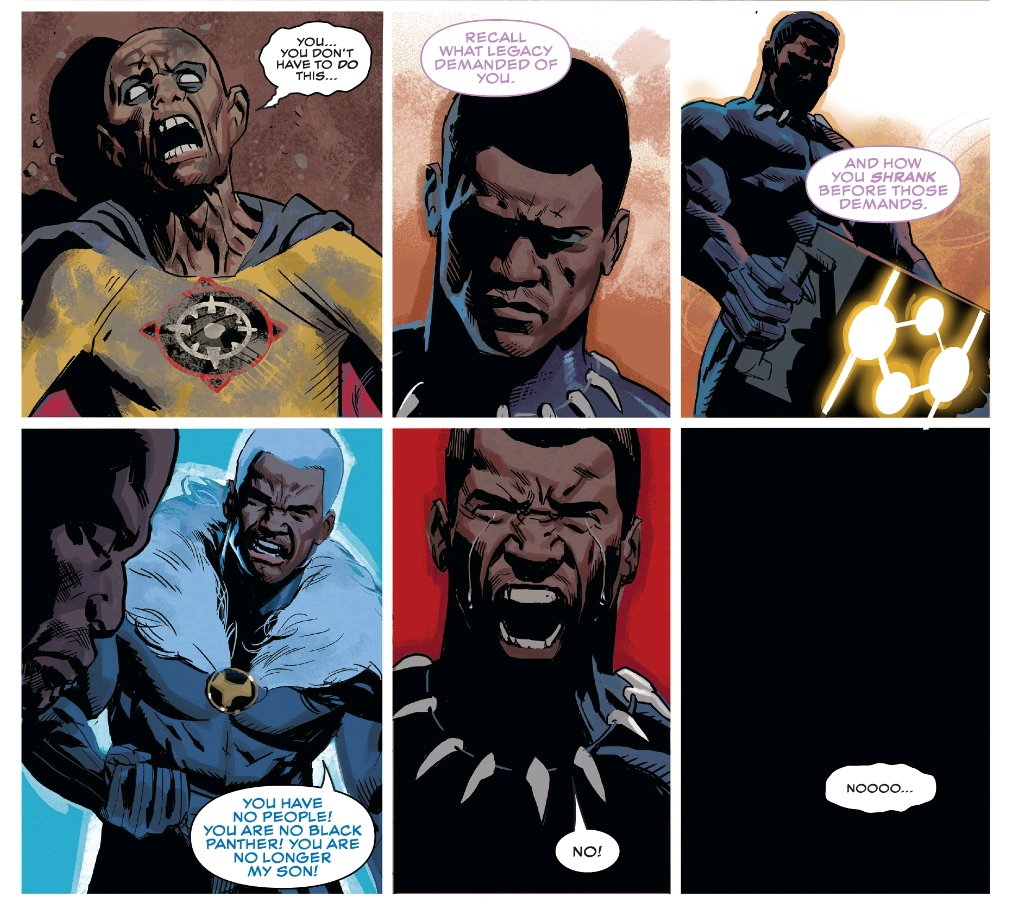
Daniel Acuna portrays T’Challas fear and reticence to commit such an atrocious act by having his face mostly shadowed and showing him cry as King T’Chaka lambasts him from the spirit world for his cowardice. Coates and Acuna then cut back to the hooded Panther and she asks what his ancestors should call the boy who scorned his legacy and T’Challa, still reeling from pain, says his own name before being slashed again.
Acuna begins the next flashback with a beautiful wide show of T’Challa looking upon a vibrant purple and almost 3D looking silhouette of the secret meeting location of the Illuminati before they wiped the memory of Steve Rogers. This was because they decided to destroy planets when the honorable soldier would not and T’Challa is framed in the background of these shots, just watching it happen. Coates makes it a point to stress that “No friendship [was] too precious to be spurned.” Then he is attacked by the Spirit of his grandfather, Azzuri.
Thematically, this makes sense as Azzuri and Steve Rogers first met when the Red Skull and Hydra Nazis tried to invade Wakanda for Vibranium and the two heroes had to fight them off, becoming friends and allies over the course of their battles together (see Marvel Knights’ Flag of our Fathers, 2010). Acuna gives the T’Challa/Azzuri fight a sense of speed by using a lot of blur lines as well as struggle squiggles as T’Challa is placed in a chokehold. As he breaks free, Azzuri disappears into a cloud of hazy, purple smoke.

We are then given a flashbak of what I consider to be his greatest failure, his broken vow and fight against Storm during the events of Avengers vs. X-Men where he stood against Mutantkind after the first mutant child was born post Scarlet Witch’s Decimation of them. The child, Hope Summers, was prophesied to be either the savior of mutants or the destroyer of everything and Black Panther cast his marriage aside during the conflict (AvX #5, 2012), though it was continued in Coates’ series years later.
Of course, while ancestors are supposed to tear you down, it was his mother that proceeded to build him back up. The final flashback given is T’Challa’s birth mother, Nyami, showing T’Challa how King T’Chaka also grieved after his wife’s death, but because he was not just one man, but a nation, he had to move past it and that’s what this whole story has been about. T’Challa’s actions have all been about him and his decisions and not about Wakanda as a whole. He forgets that he is the crown and therefore the Nation itself.
Coates has become a master of longform storytelling as he’s managed to craft a saga of almost fifty issues of T’Challa taking responsibility for his crown and Coates has framed that excellently by the name he keeps giving when his ancestors ask him who he is: T’Challa. The wrong answer. Acuna show’s the various ancestors surrounding the man, waiting for him to give the correct answer as his mother encourages him and he stands for a moment before speaking. What should he be called?
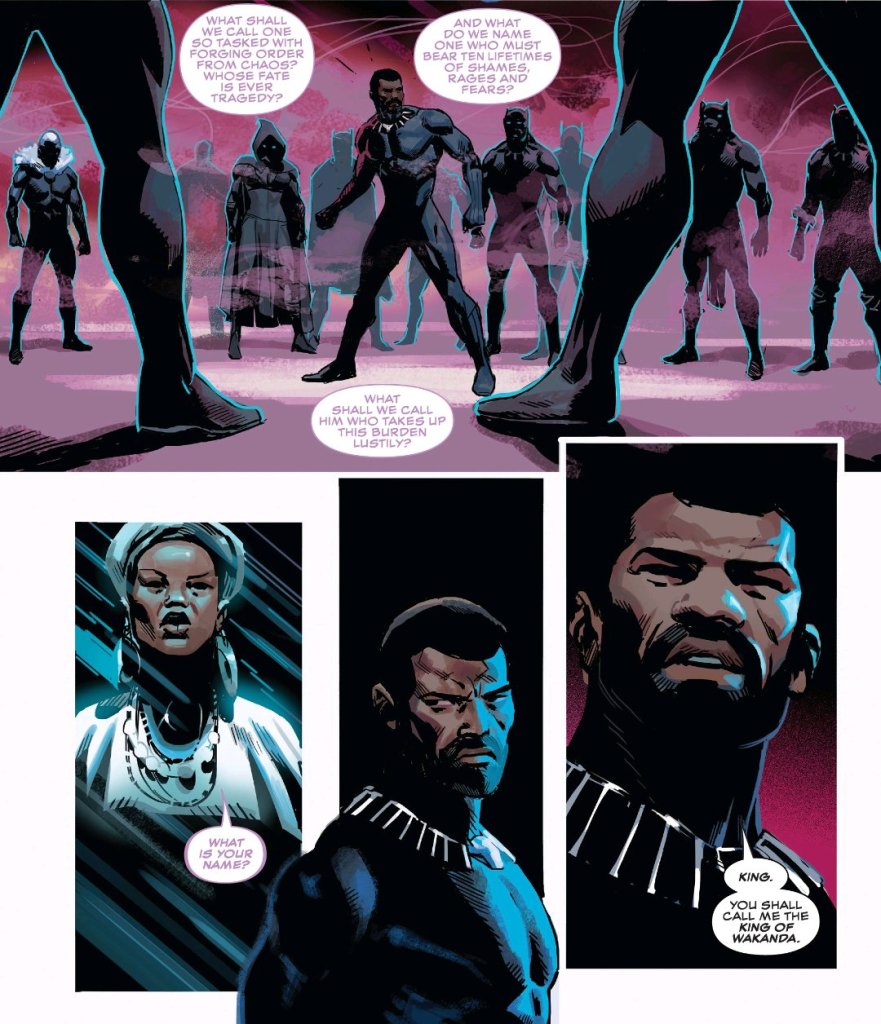
King. King of Wakanda.
In that very instant, Acuna draws all of the ancestors giving King T’Challa the, now iconic, Wakanda salute as he demands their allegiance. He feels so strong, so complete as a character now that he accepts and acknowledges his many faults as part of who he is. He doesn’t need to apologize for them because they are a part of who he is as a man, but when he is a King, he must be better. He must protect his people and that is why he will be able to stop N’Jadaka in the coming battle, just like he stopped Killmonger all those years ago as well.
This issue of Black Panther was phenomenal and really shows how much Ta-Nehisi Coates has grown from his initial few books which were mostly full of world building. He’s shown that he can create an amazing and expansive story that utilizes not only T’Challa’s extensive history, but also that of the Marvel Universe at large to make this story seem grand and far reaching as something on this scale should.
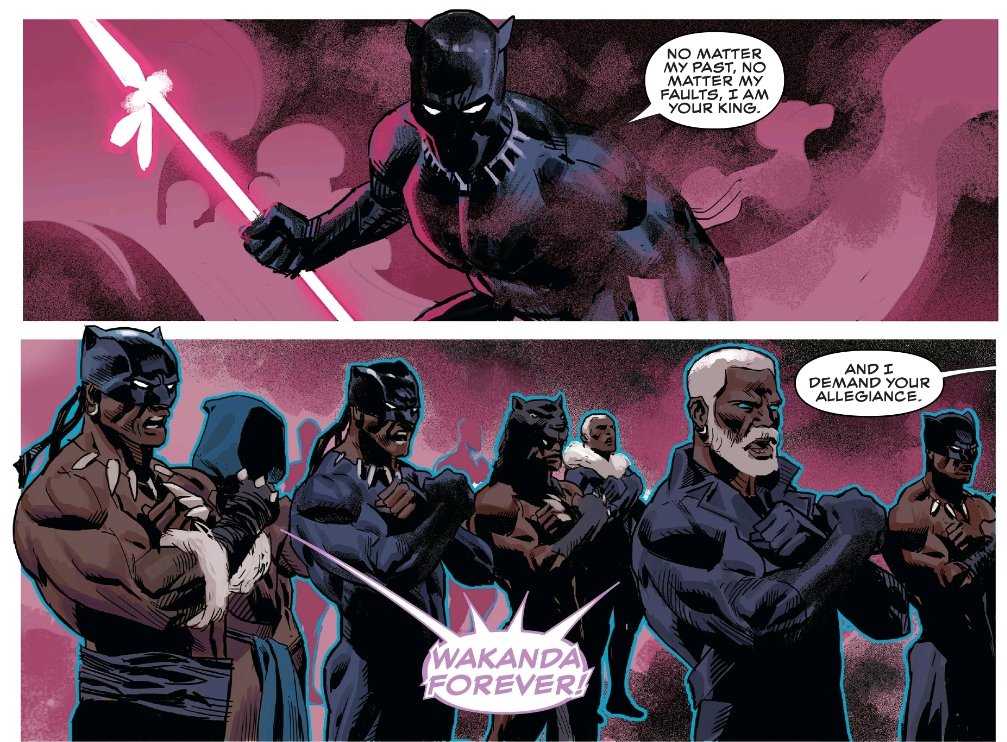
Ryan Bodenheim does have amazing skills as a penciller, but I found myself far more engaged with Daniel Acuna’s style throughout this issue as he manages to make the fight seem so ethereal while also focusing on some of my favorite moments of Marvel History – not to mention his colors are always so vibrant and loud, popping off the pages with the intensity that readers have come to expect from him.
I hope that the rest of this series continues this upward slope because this was fantastic and it gets a high recommend from me!
